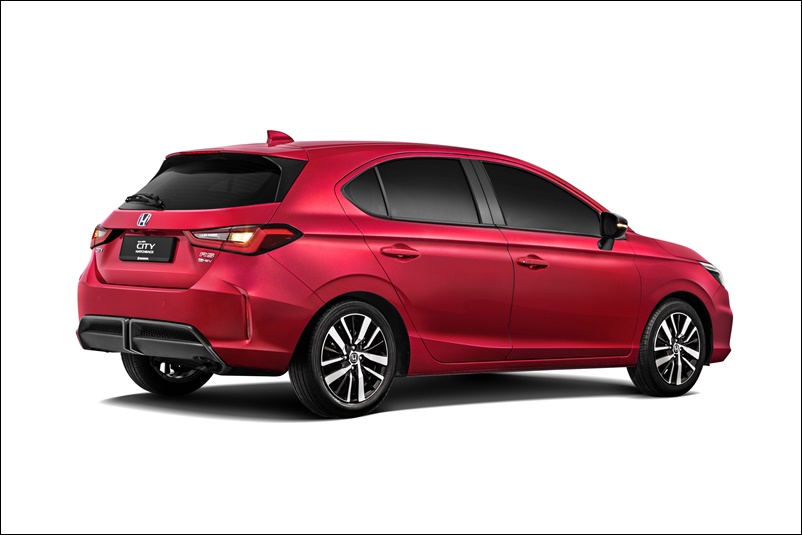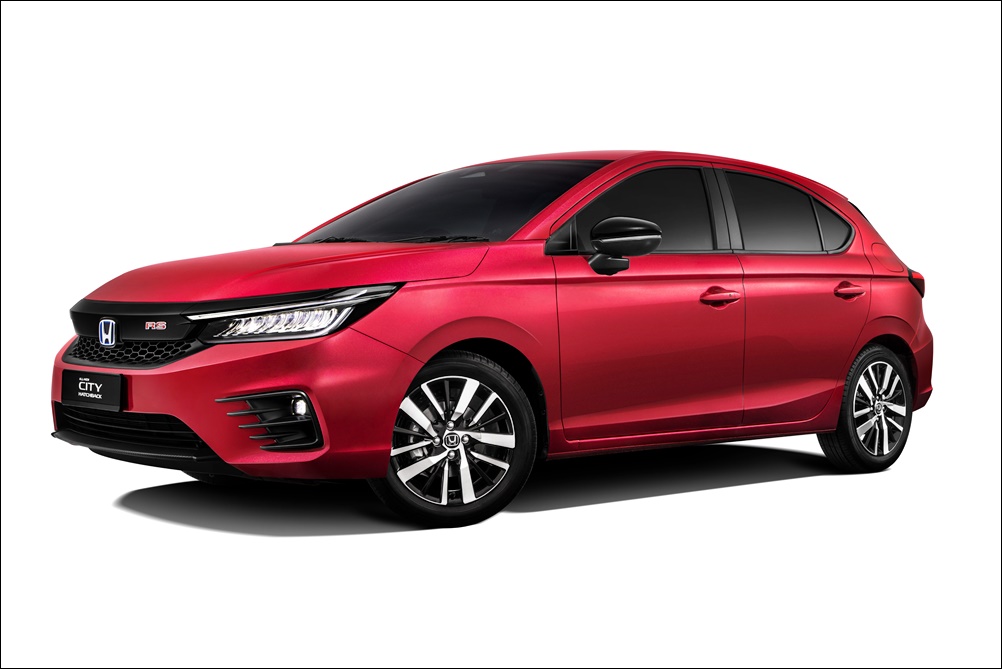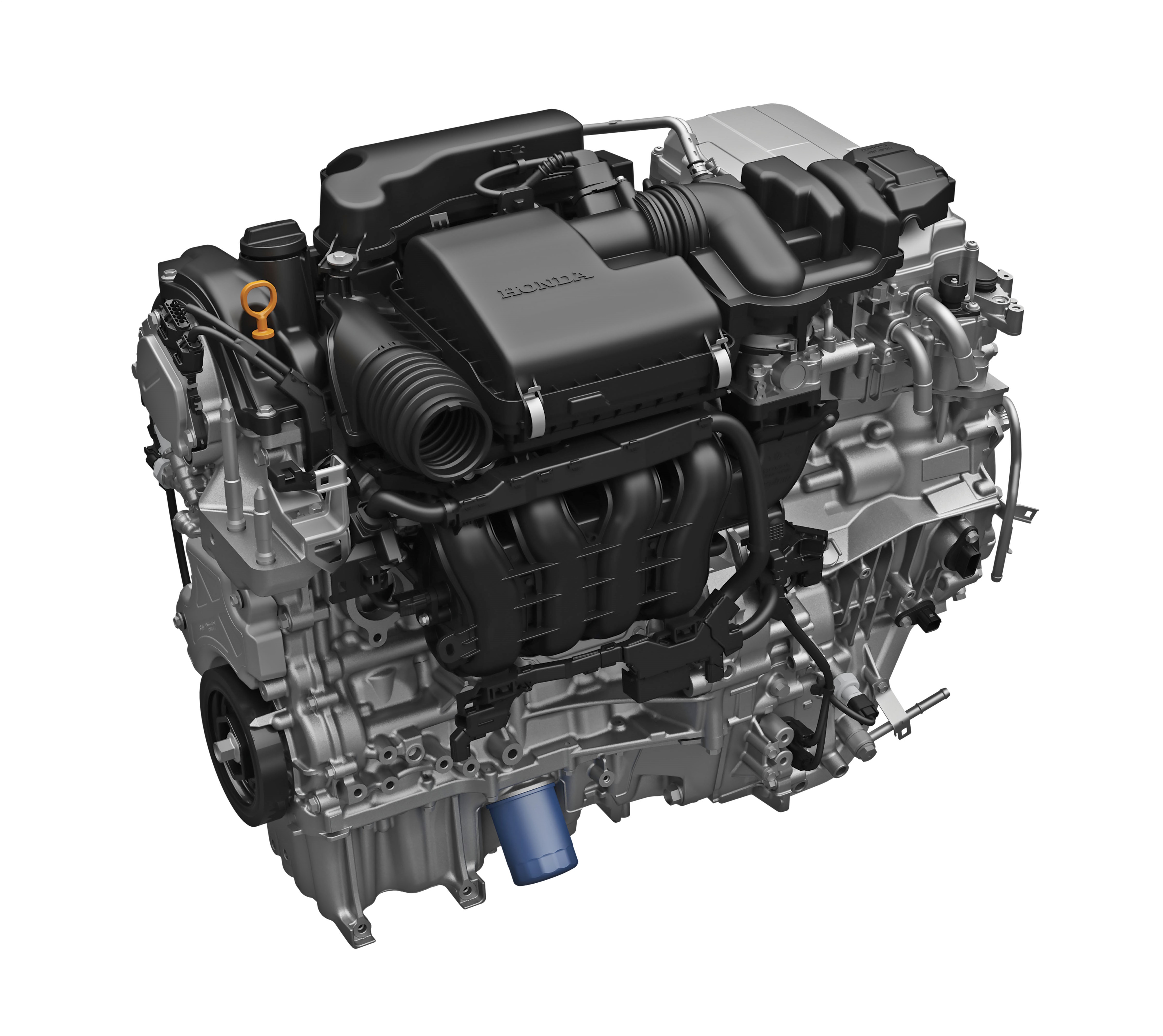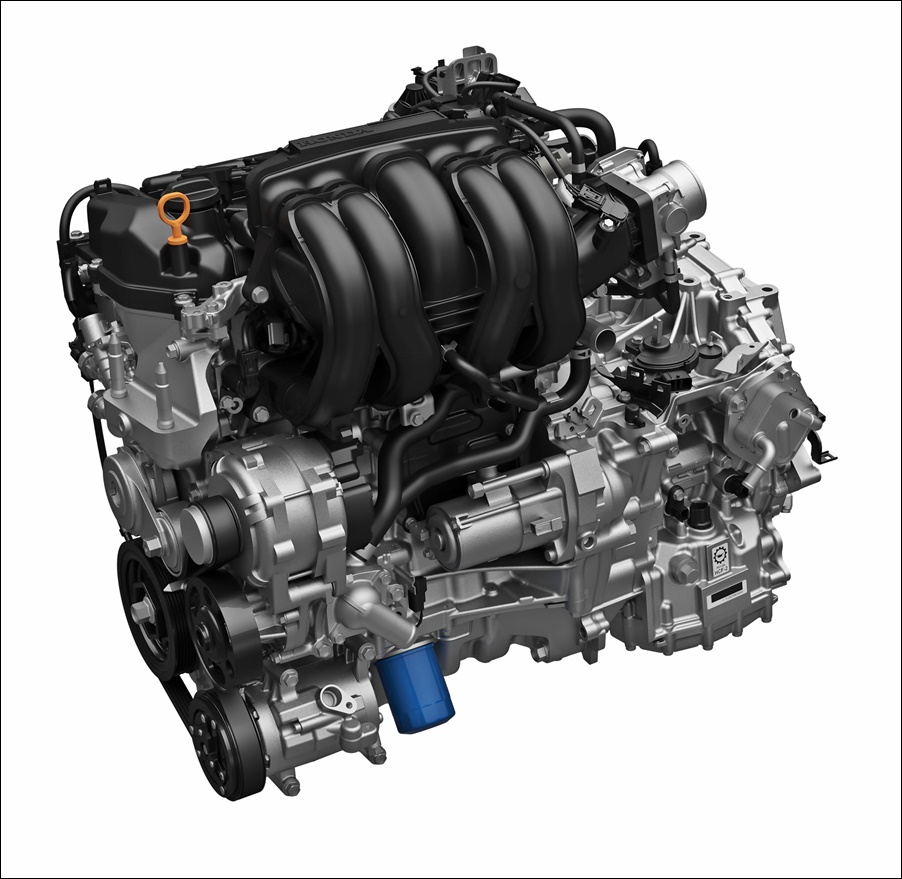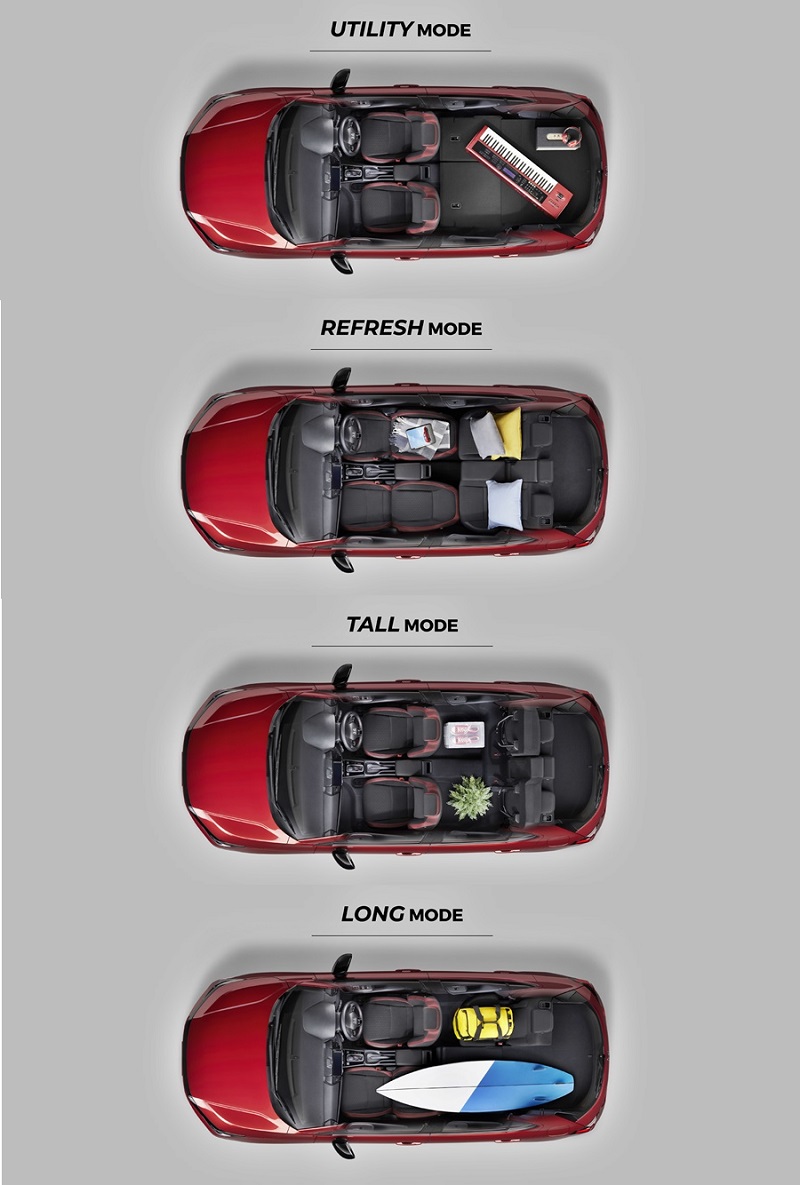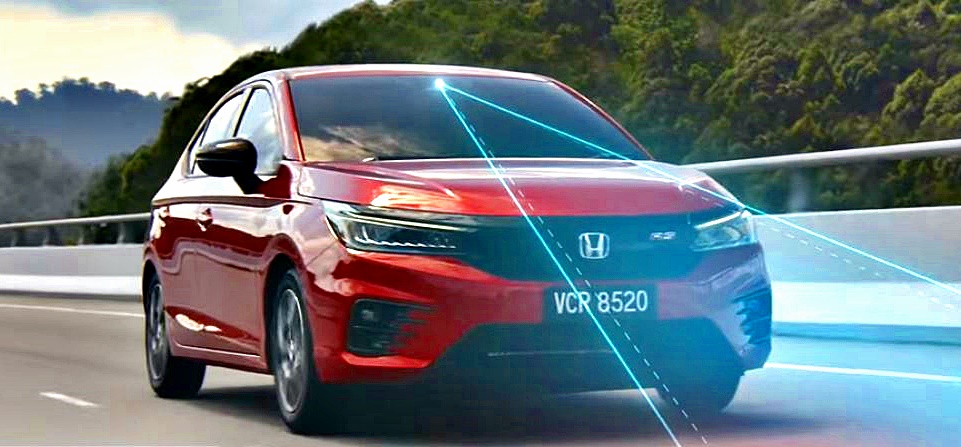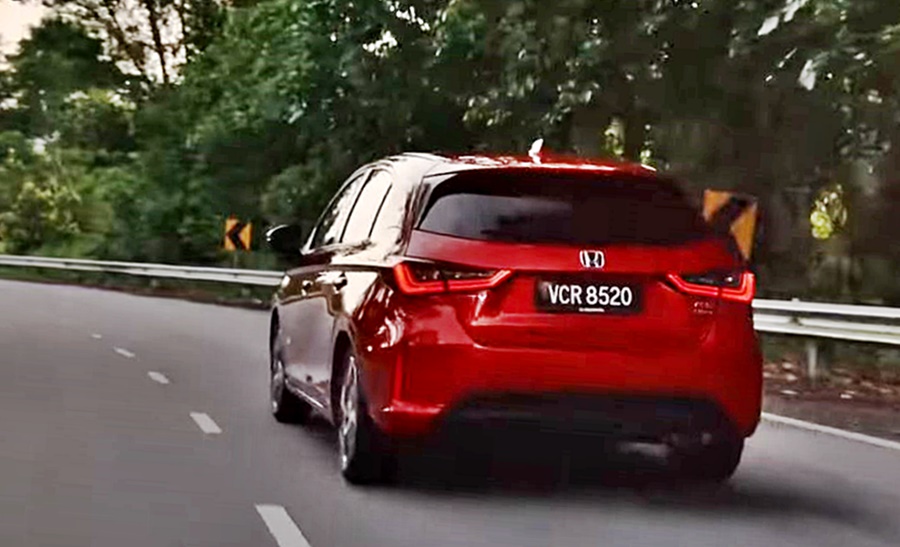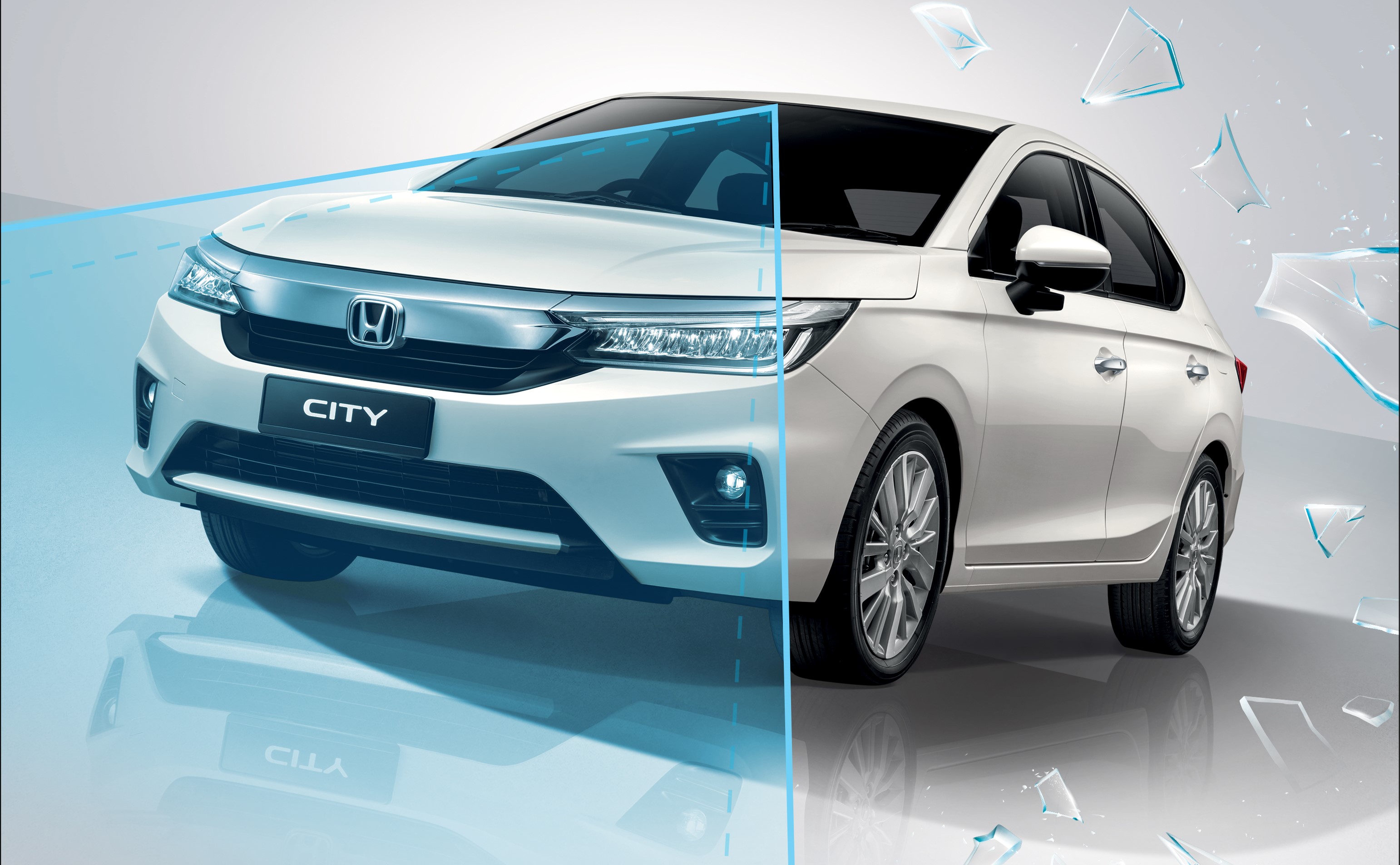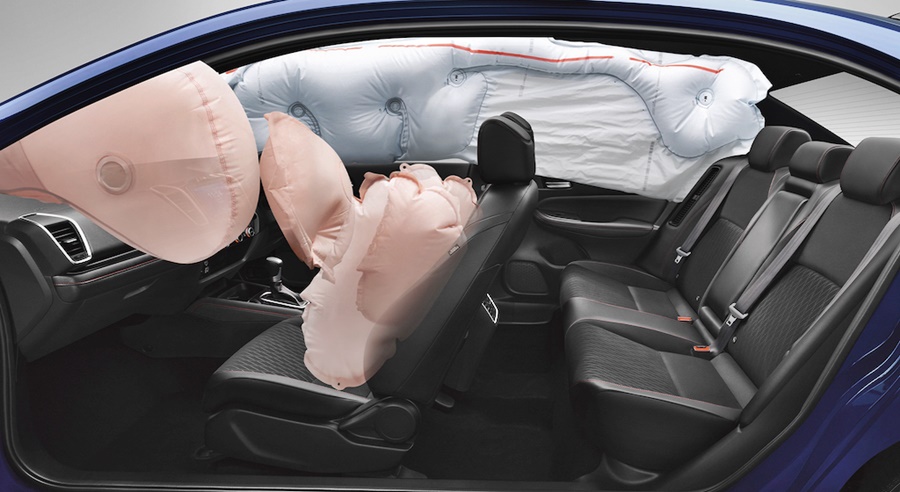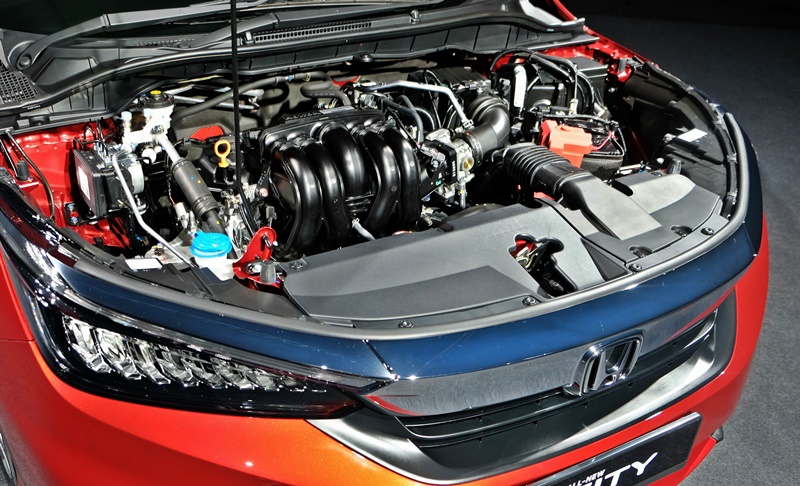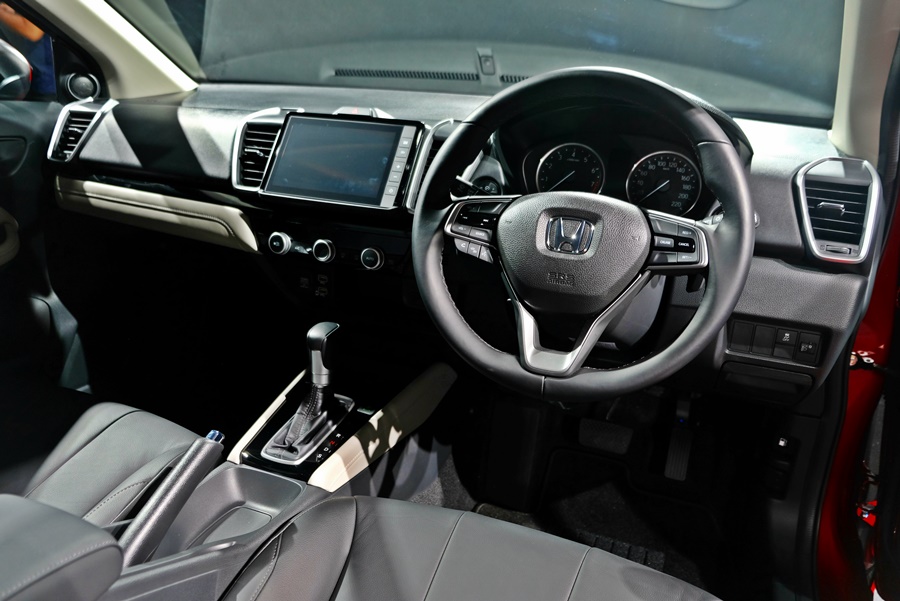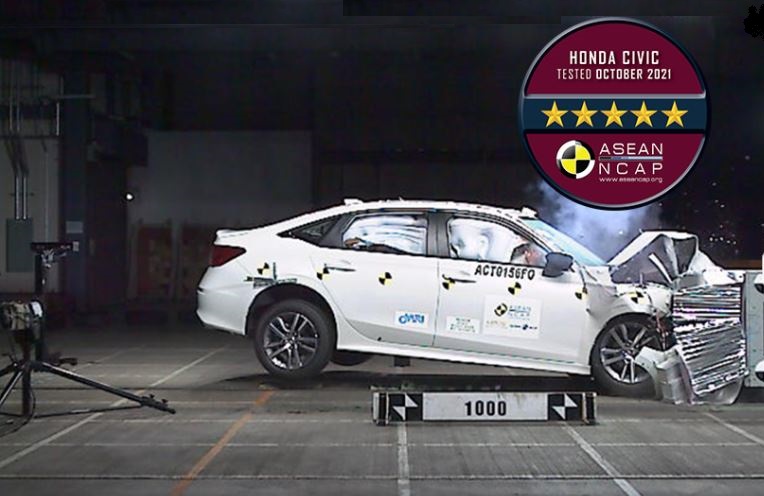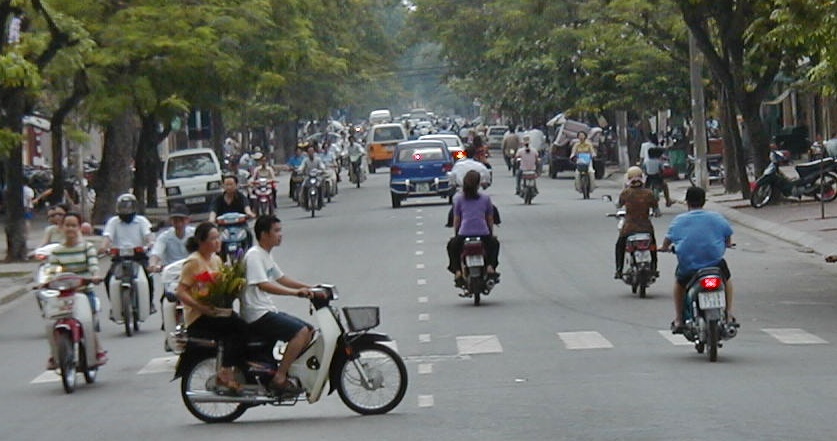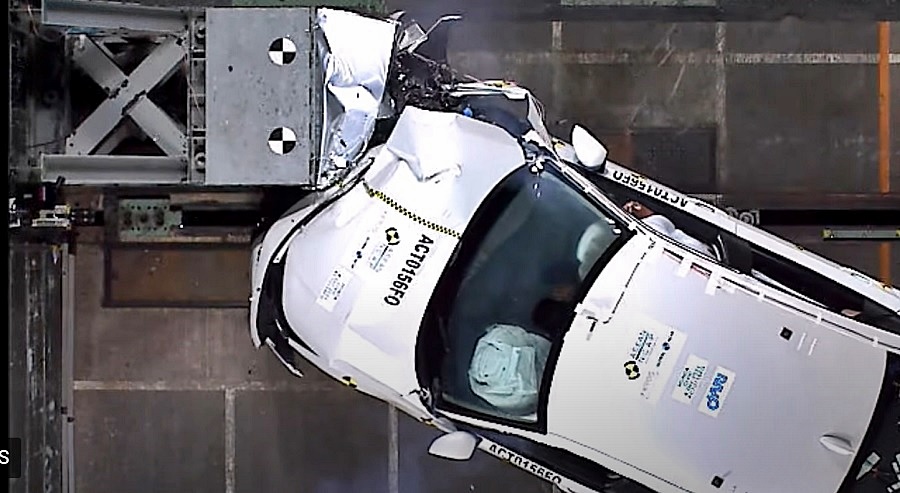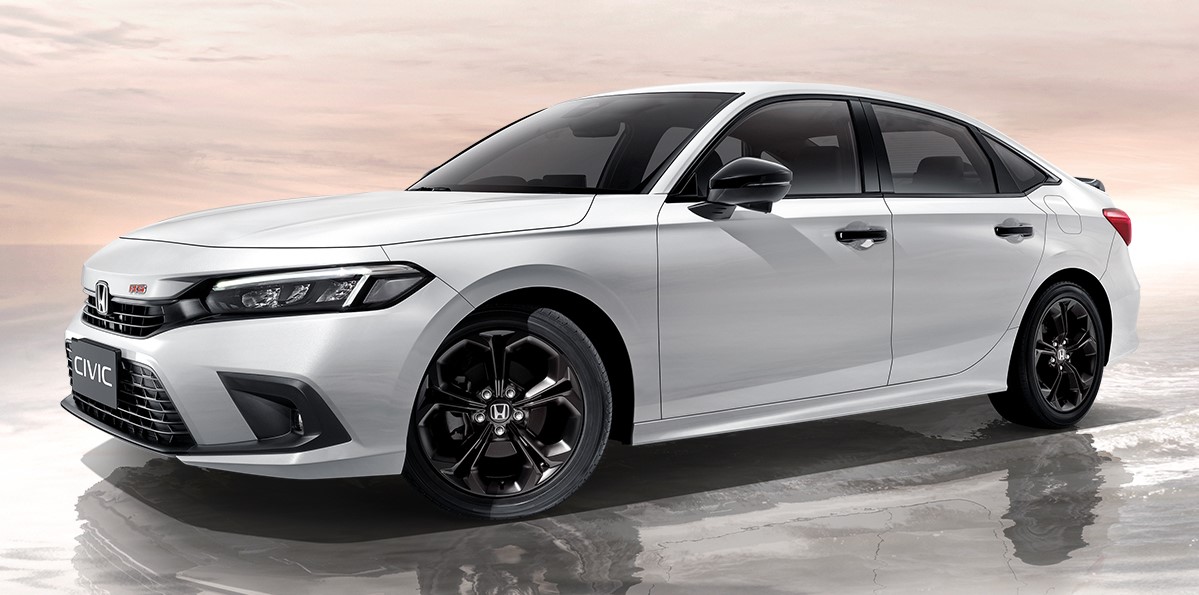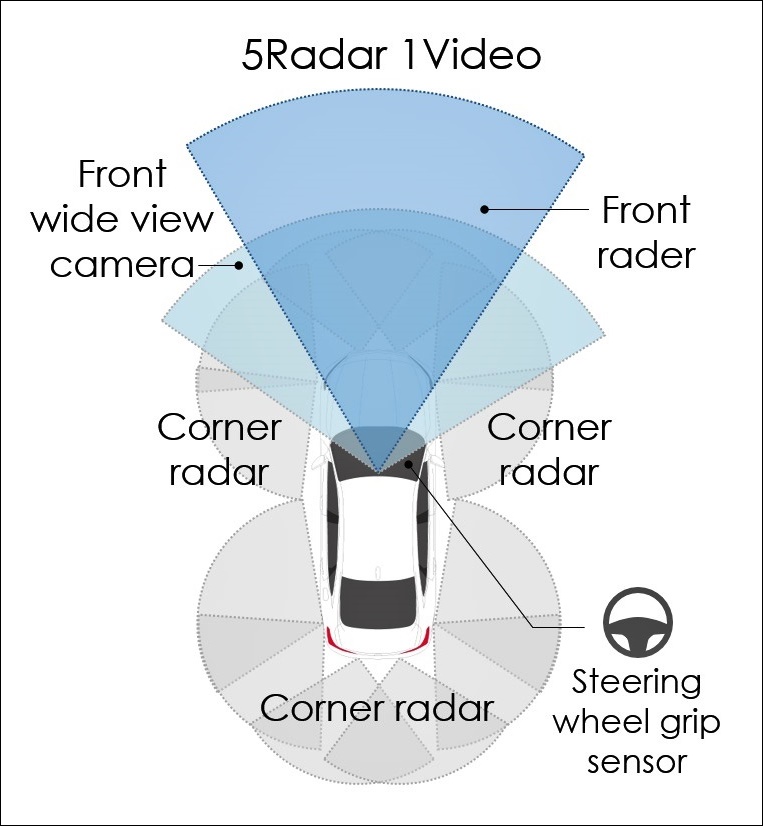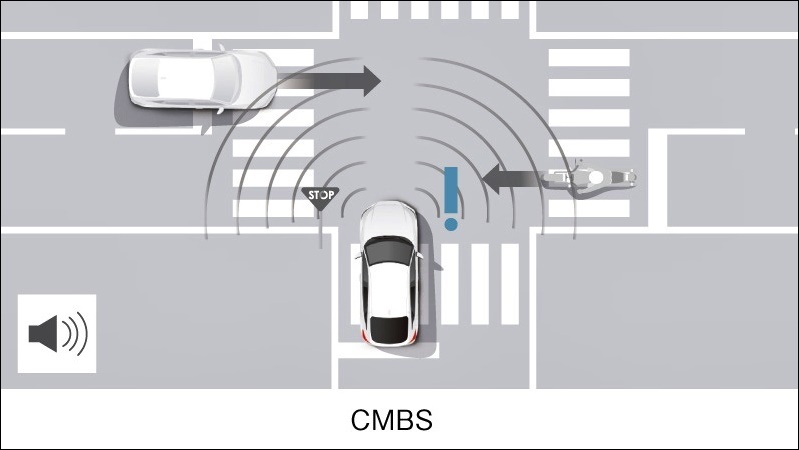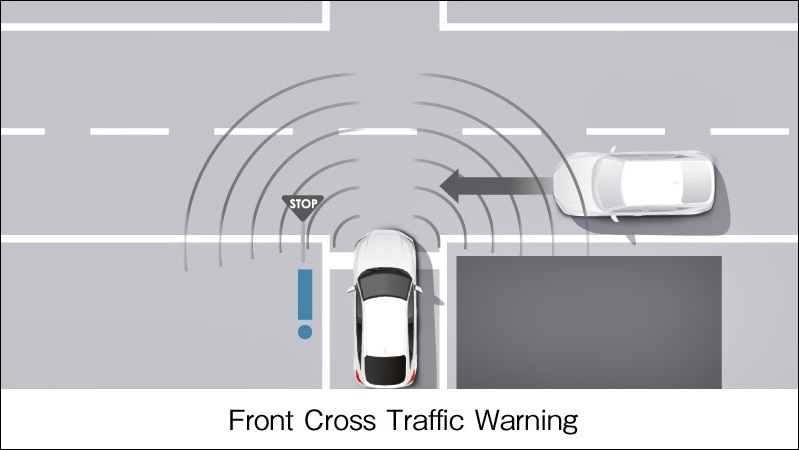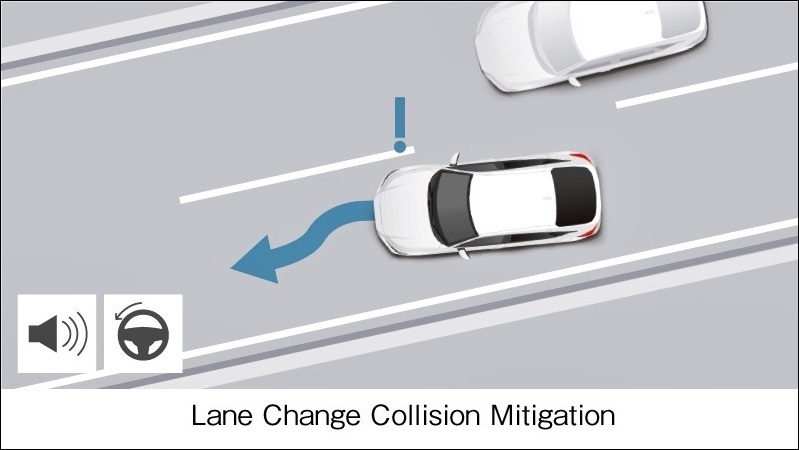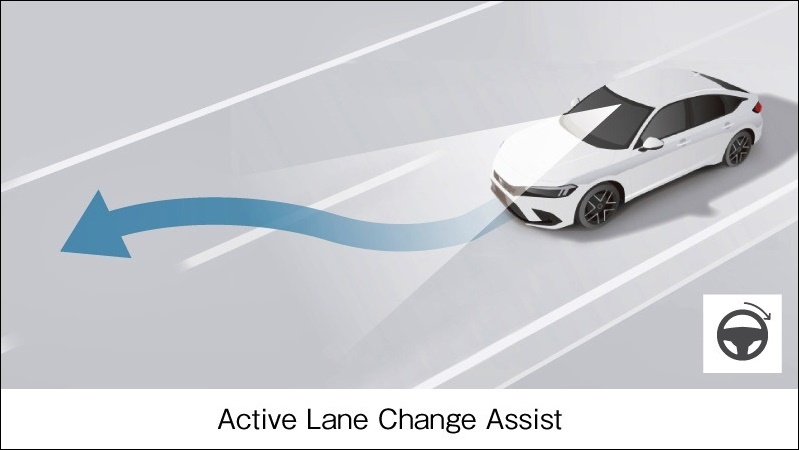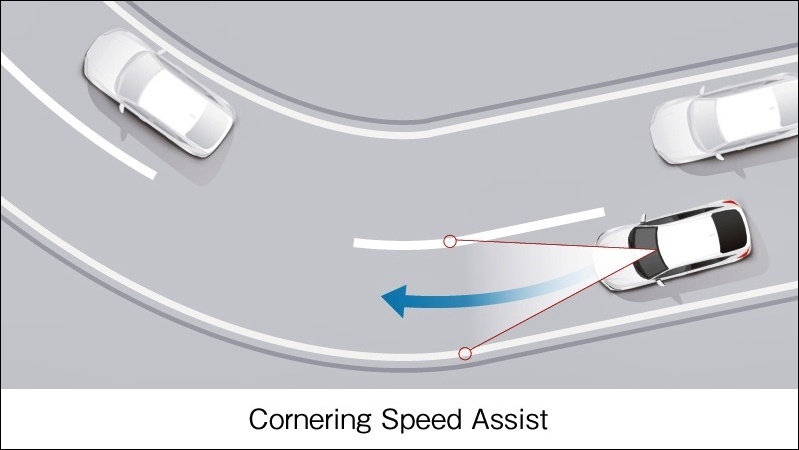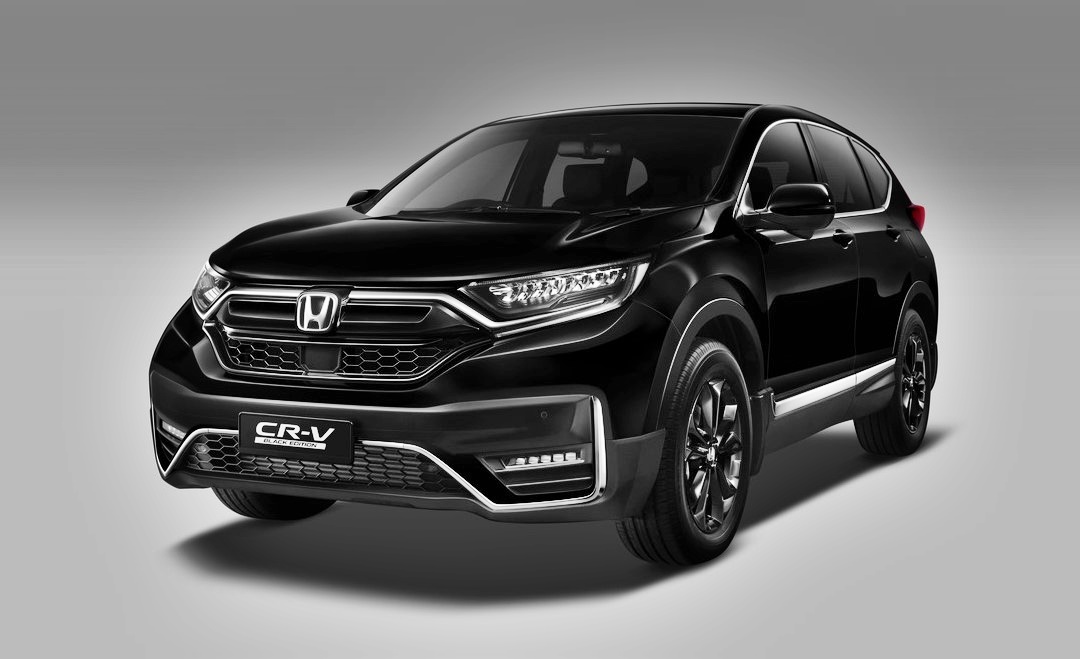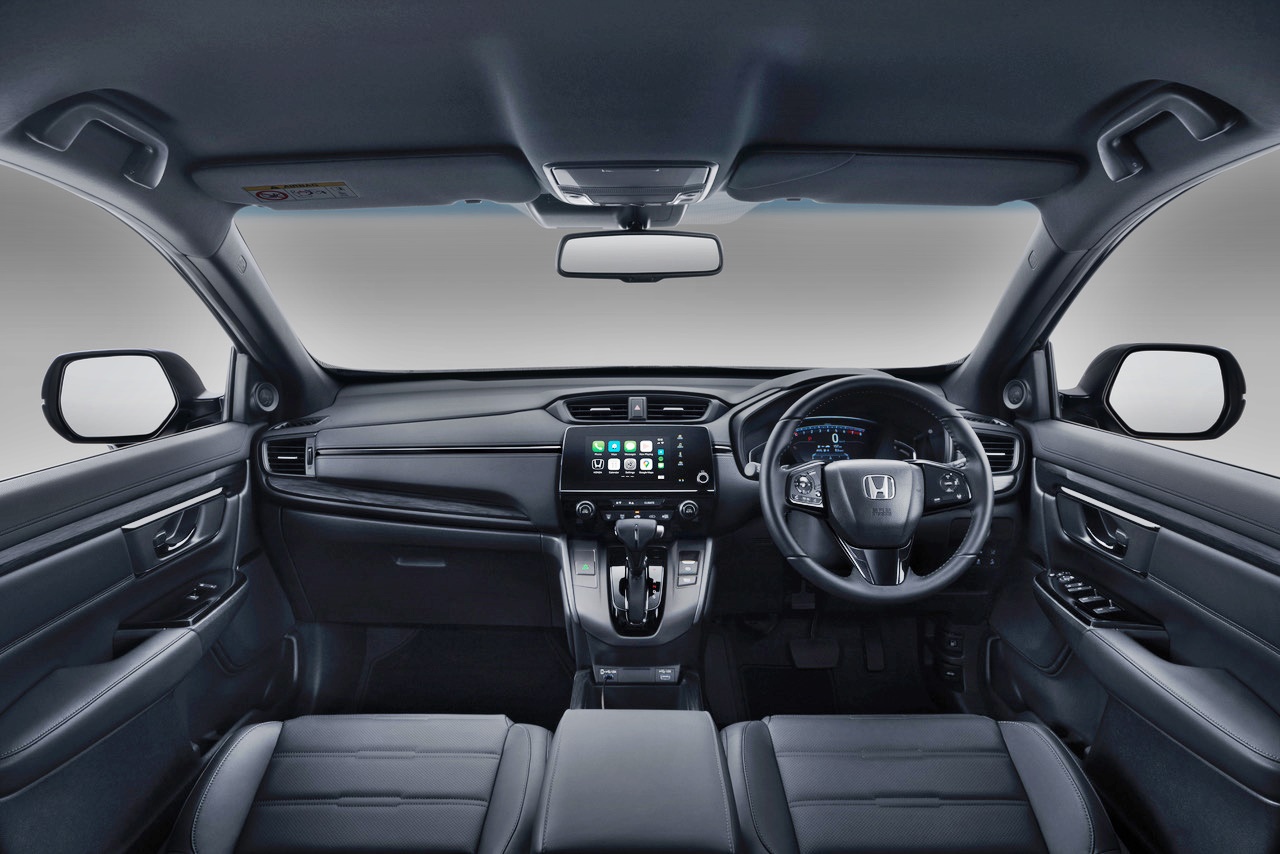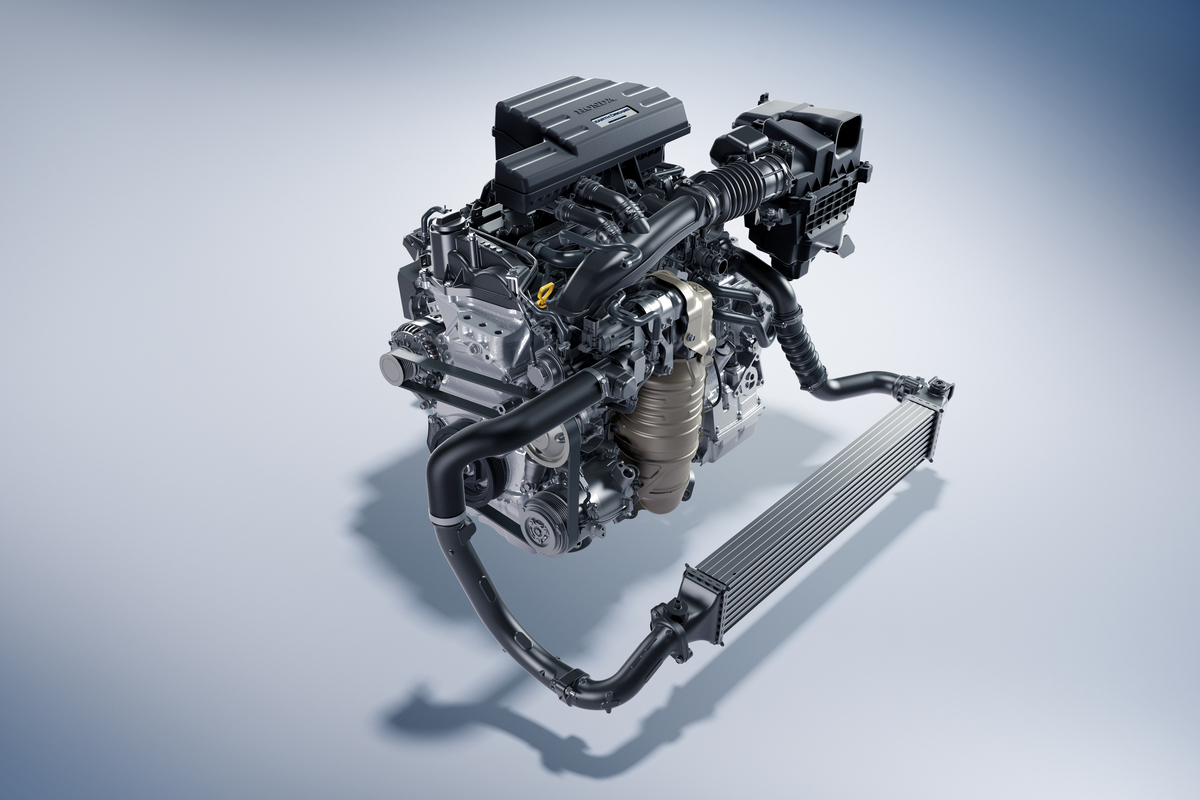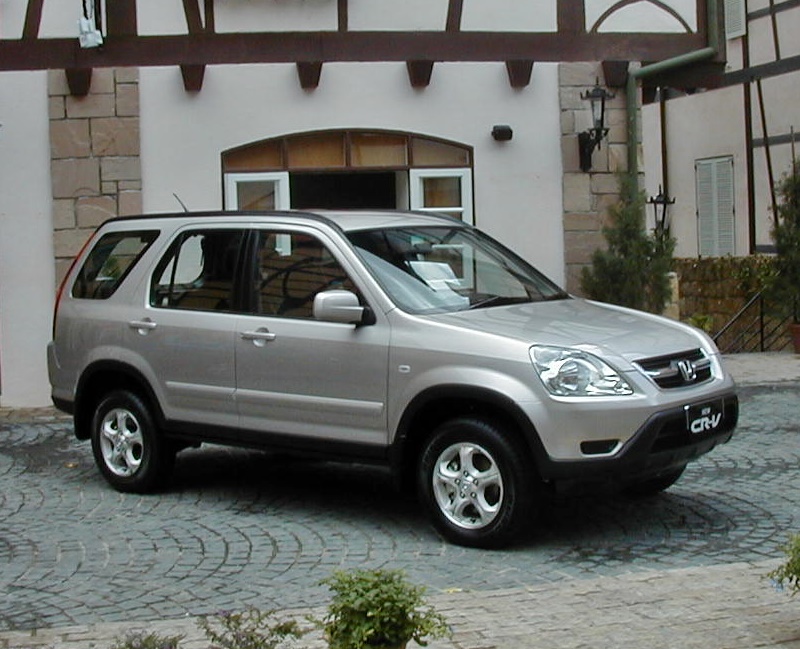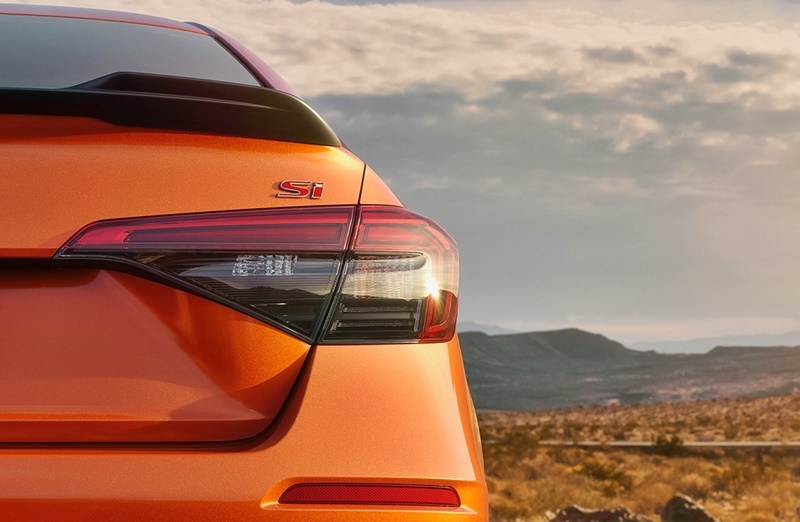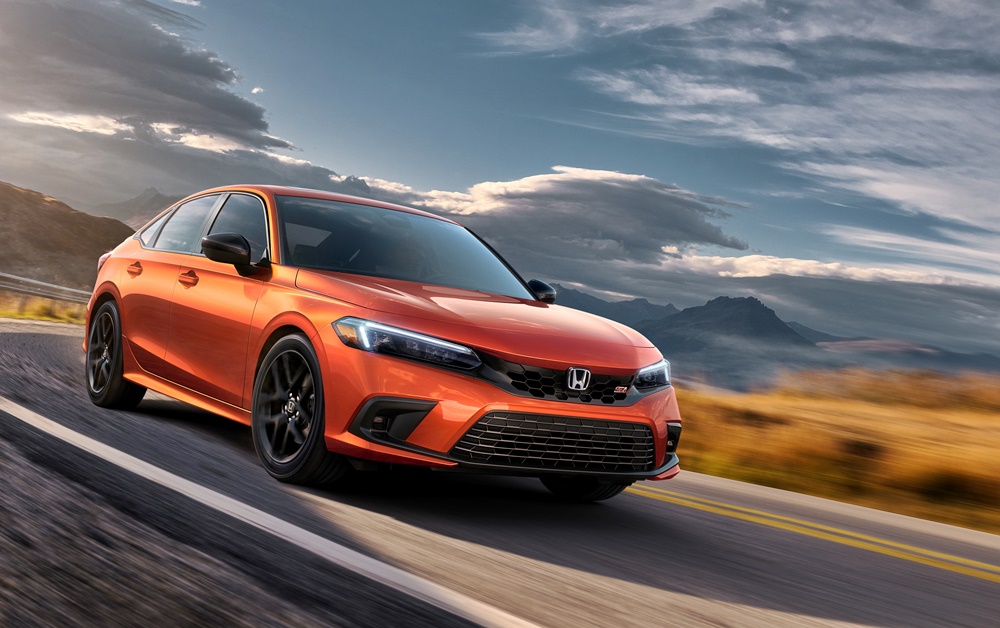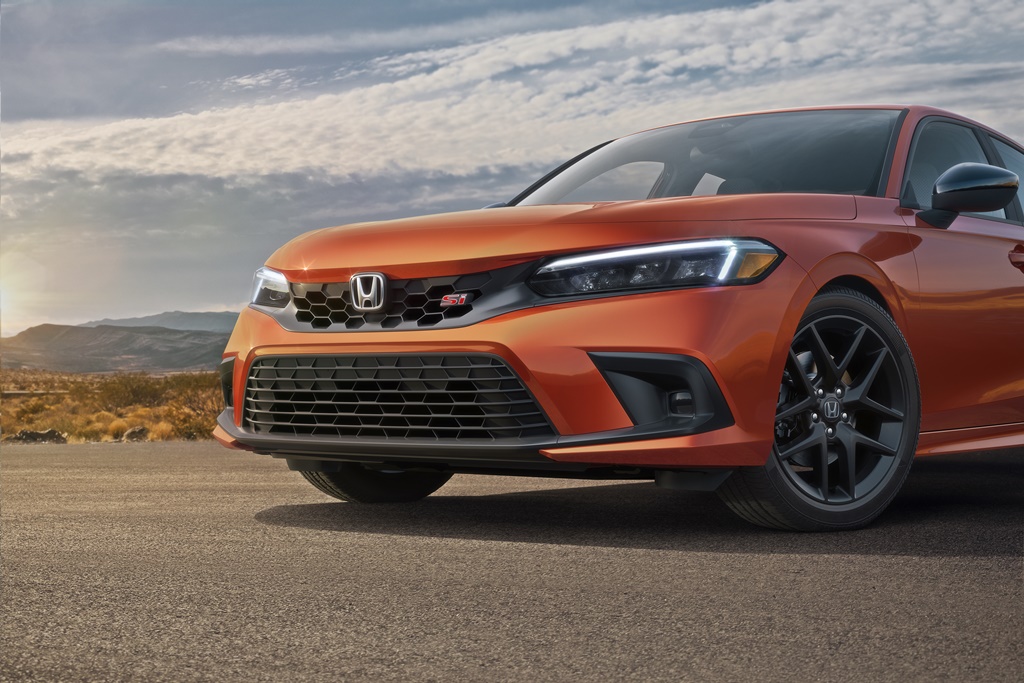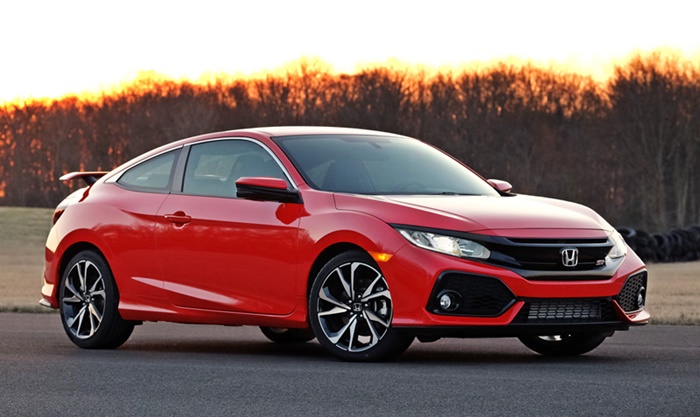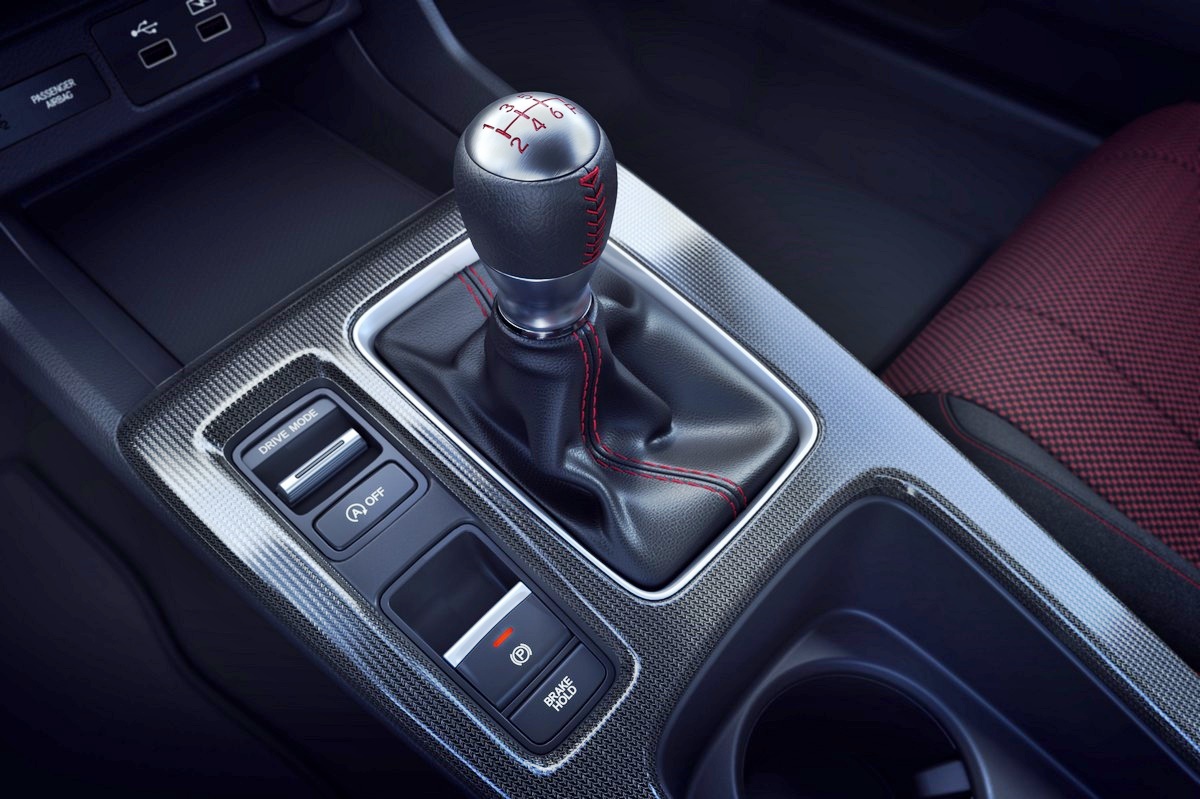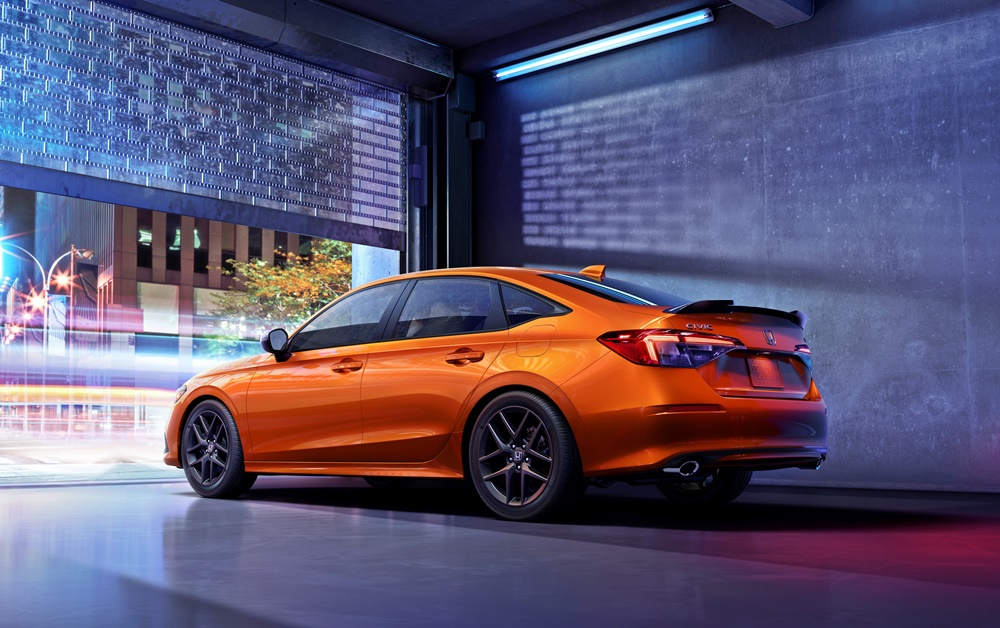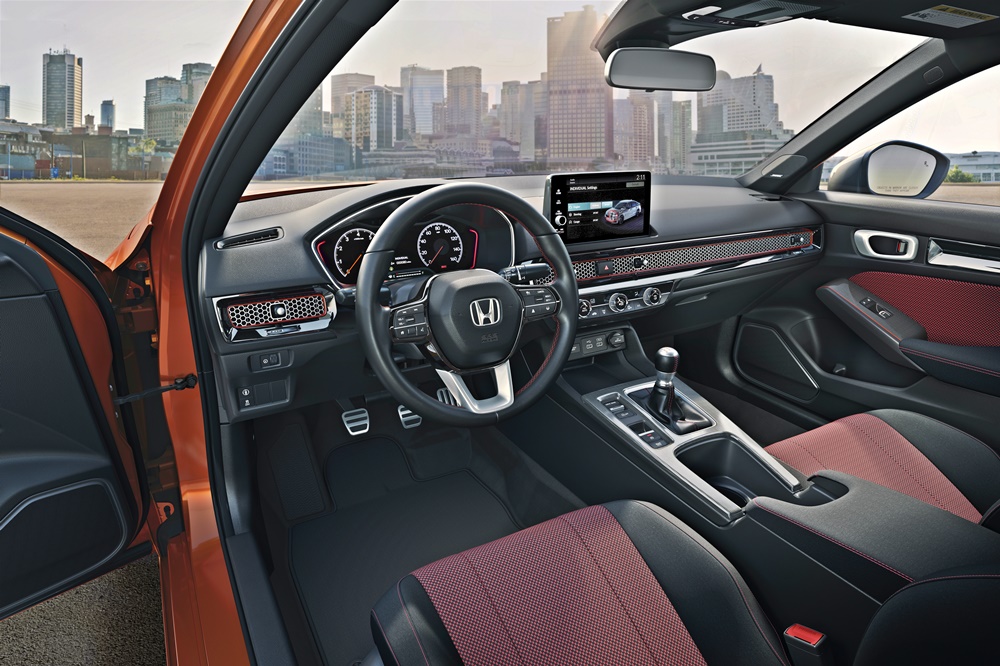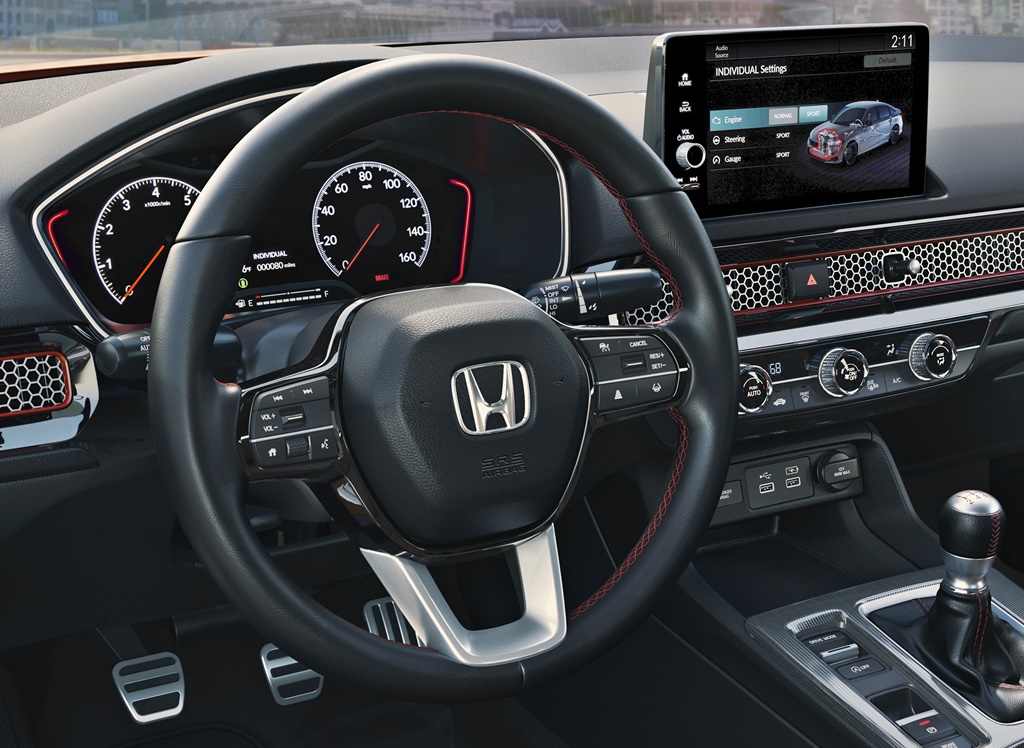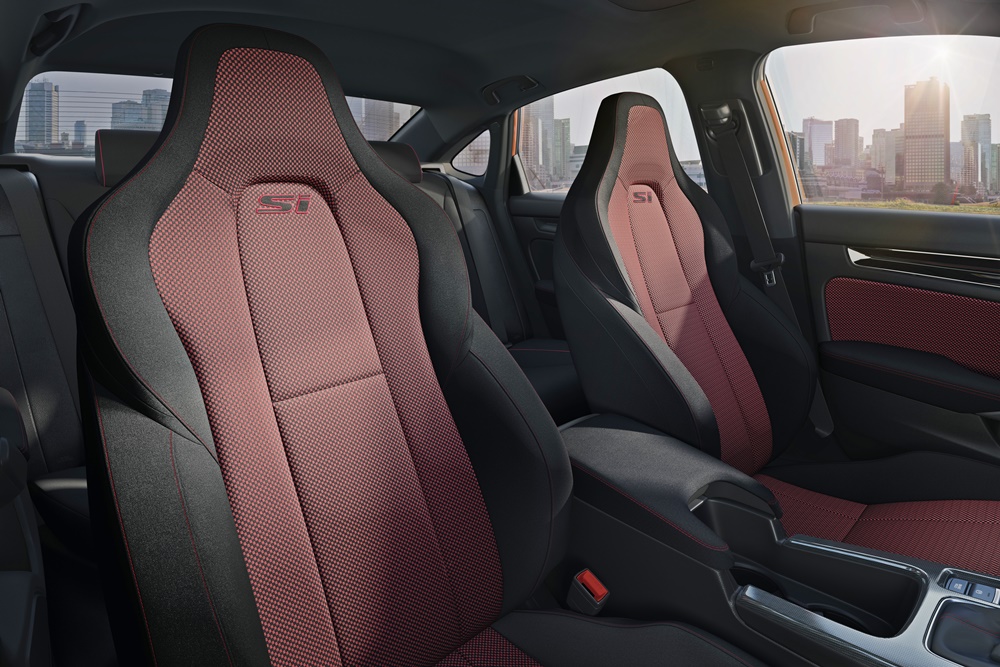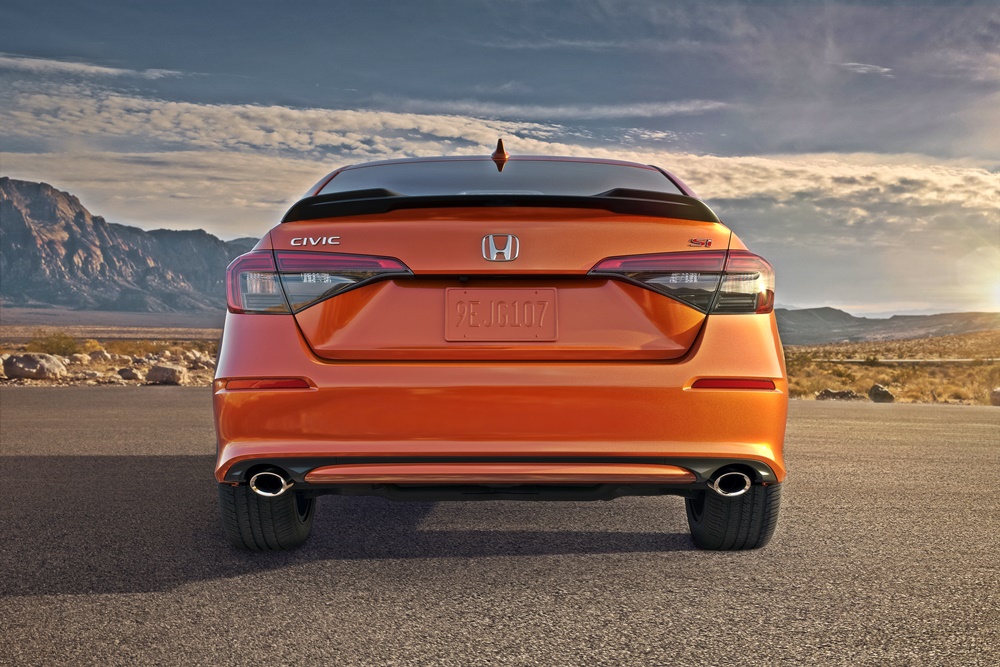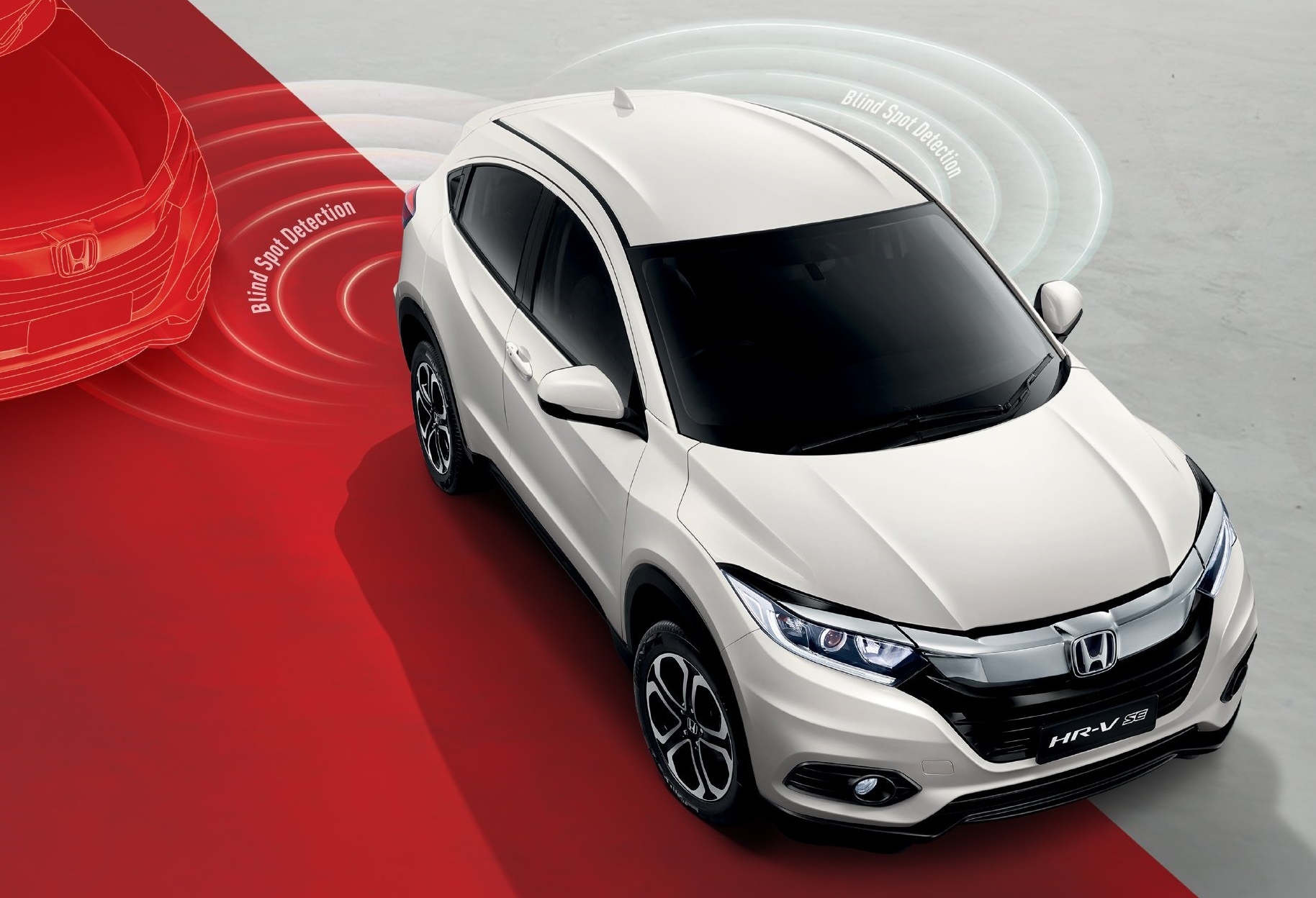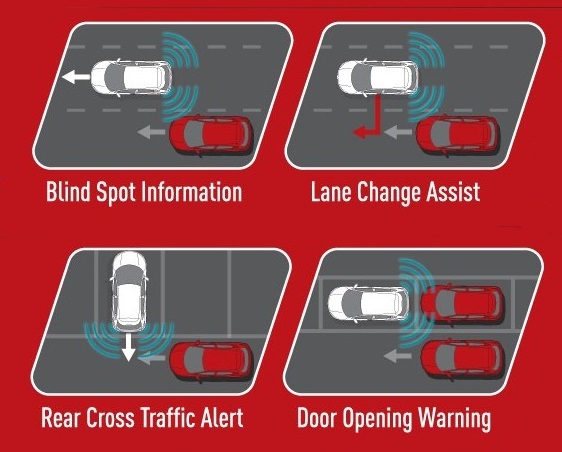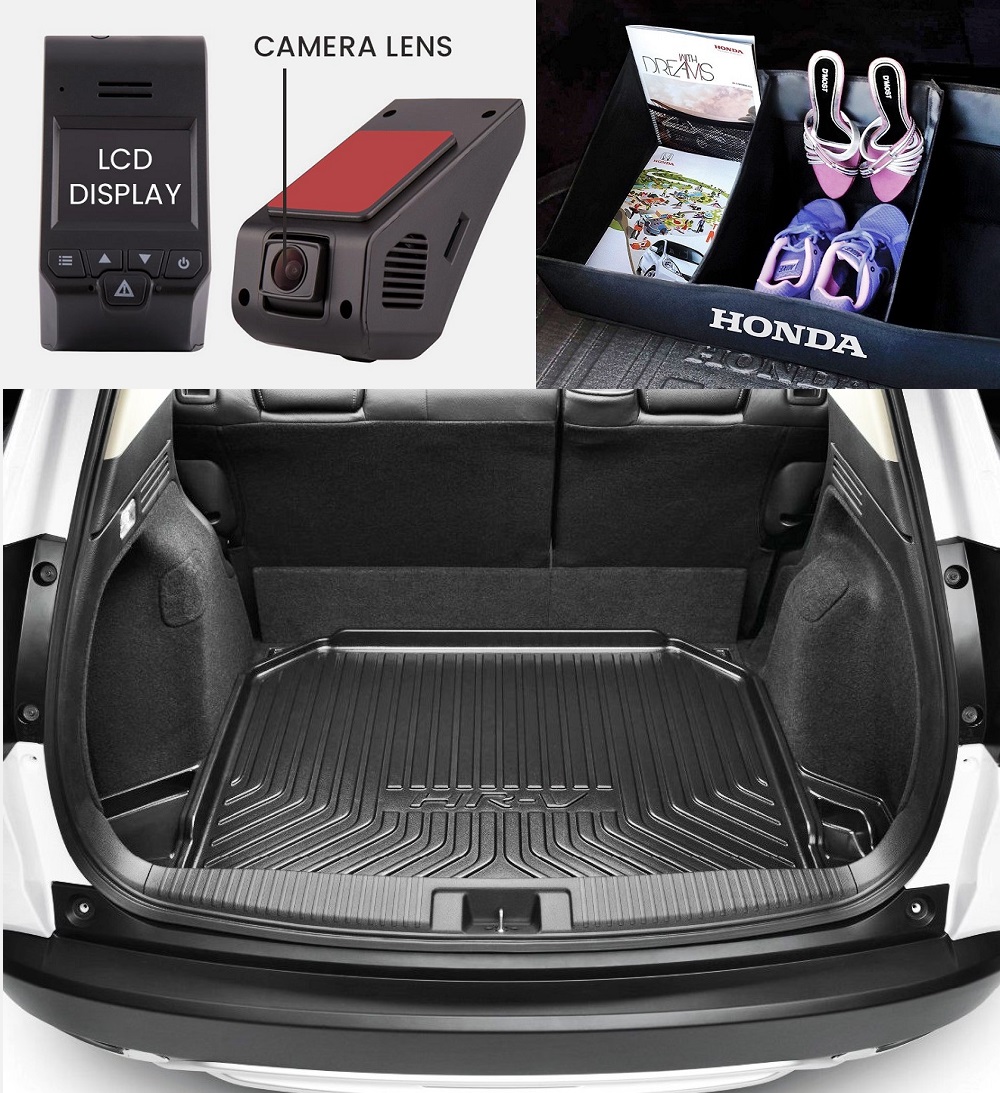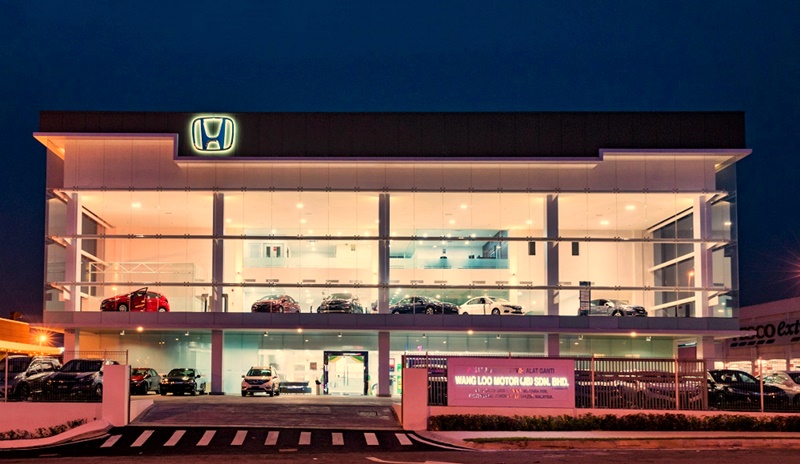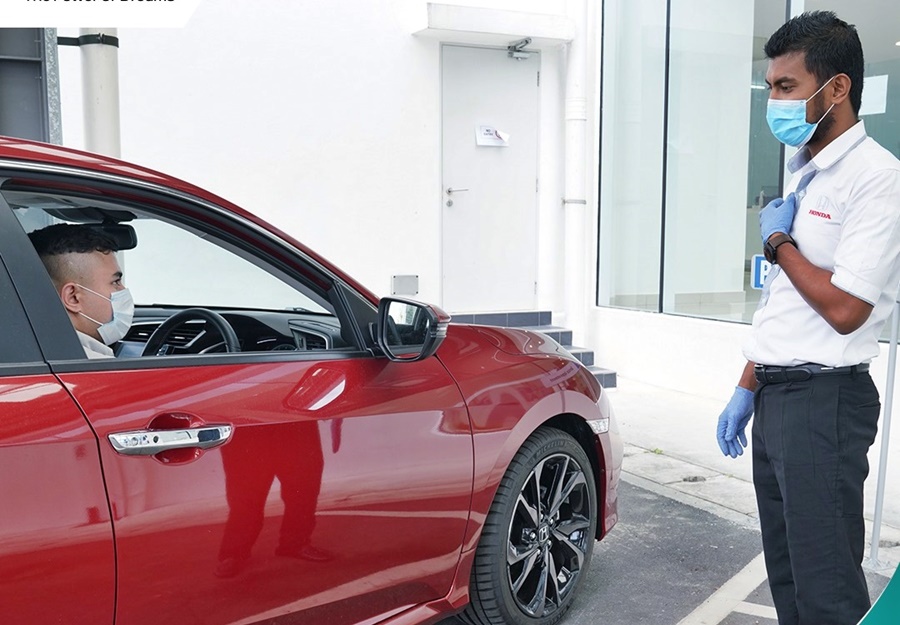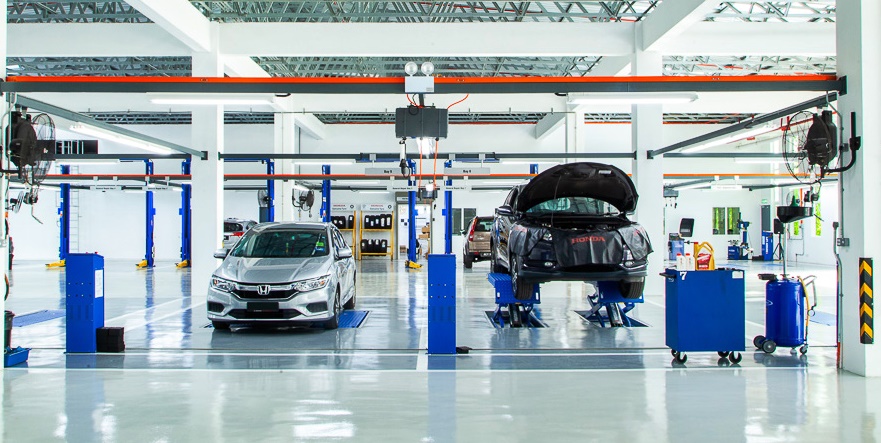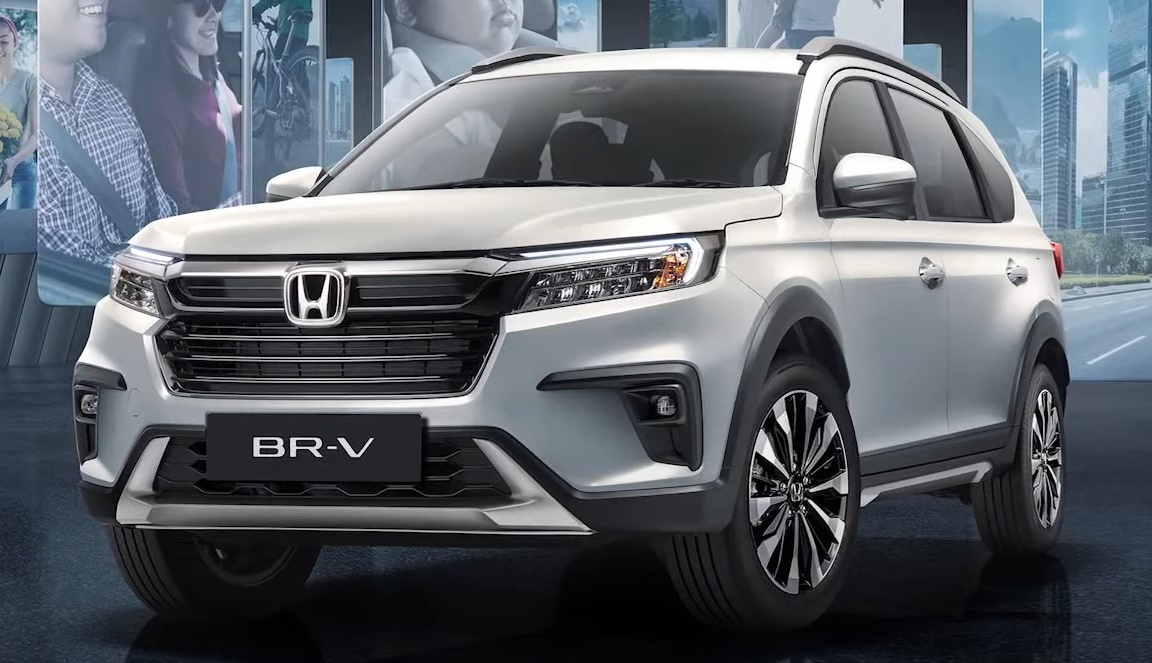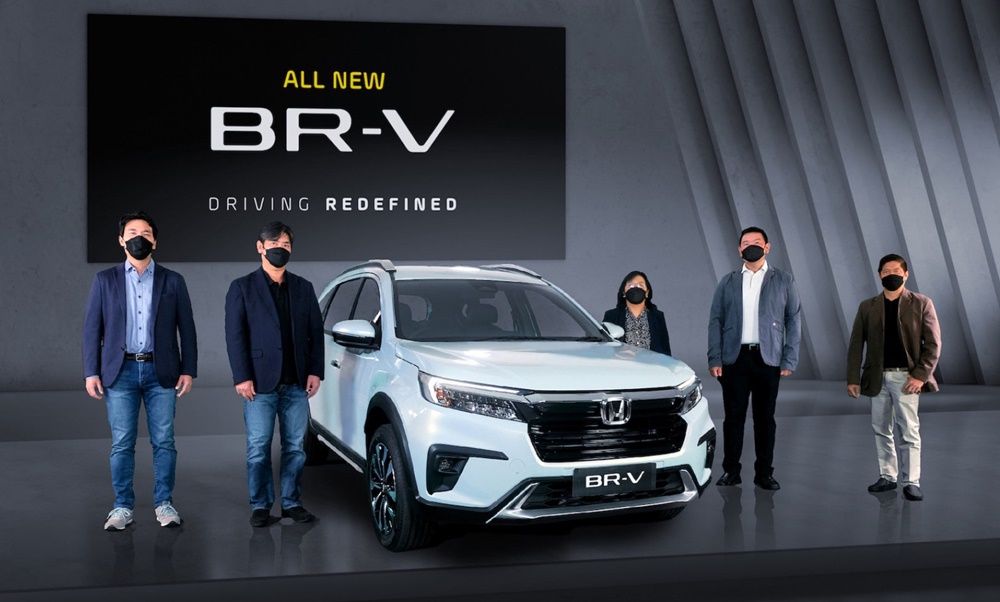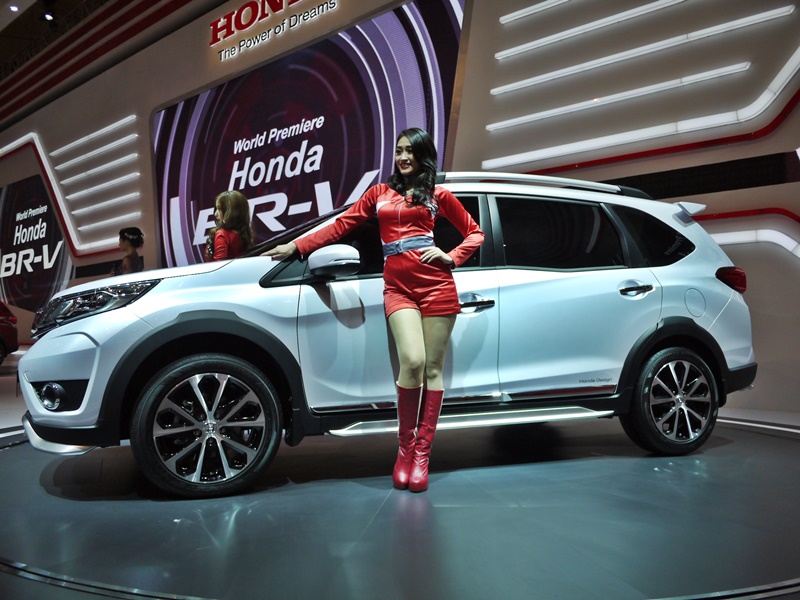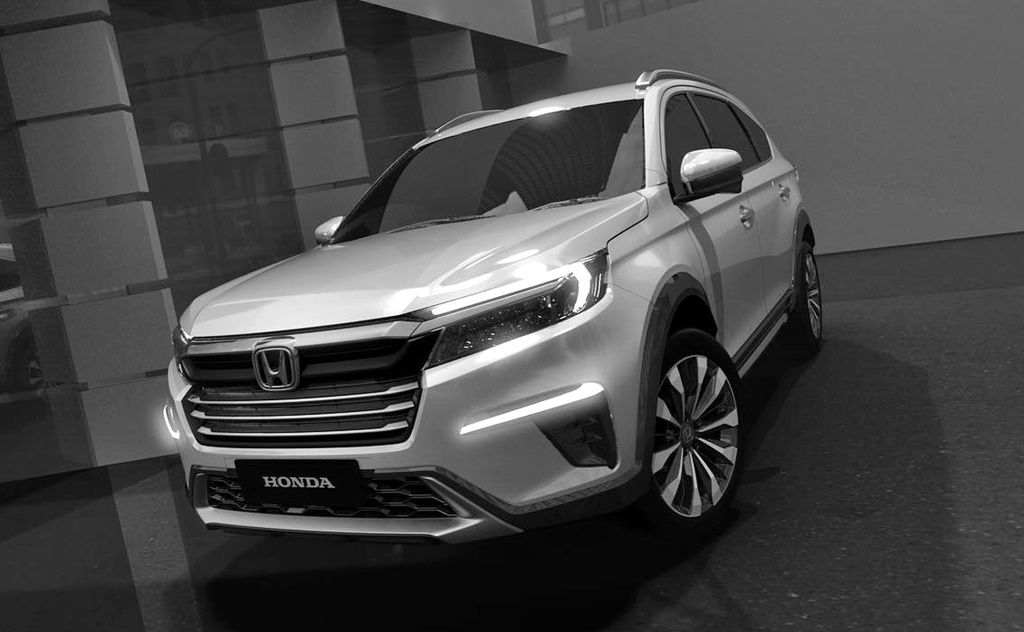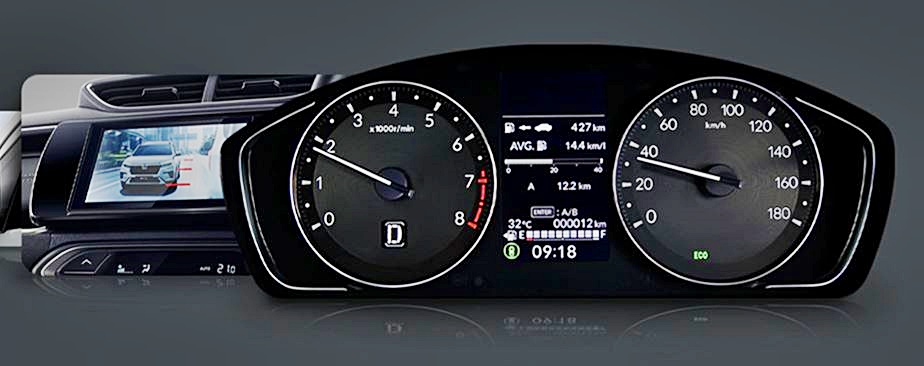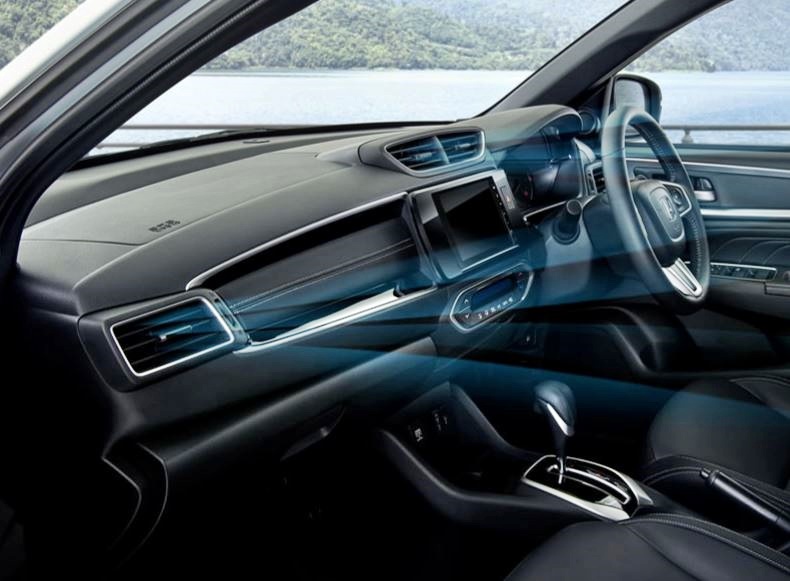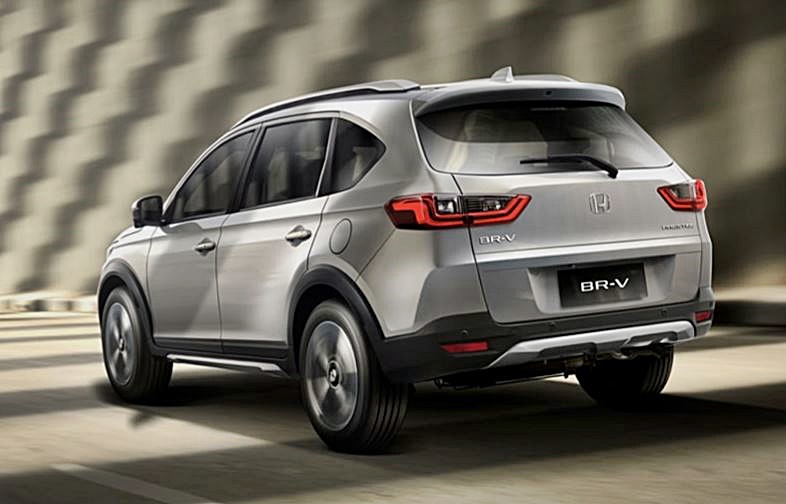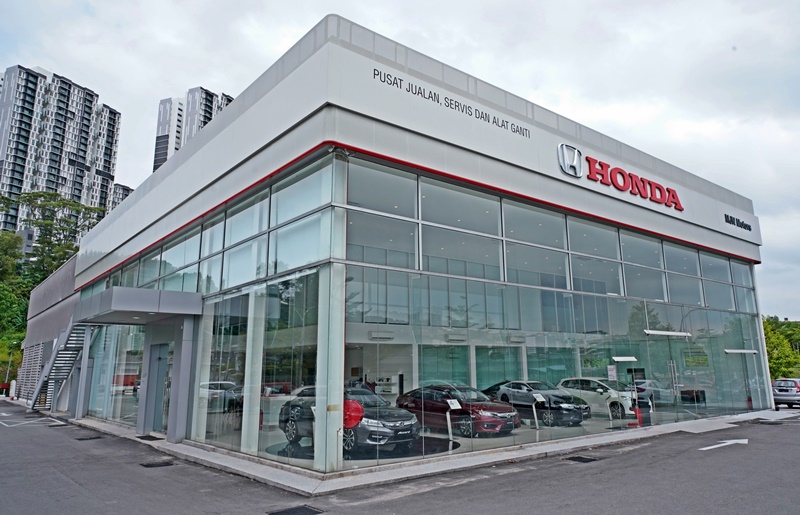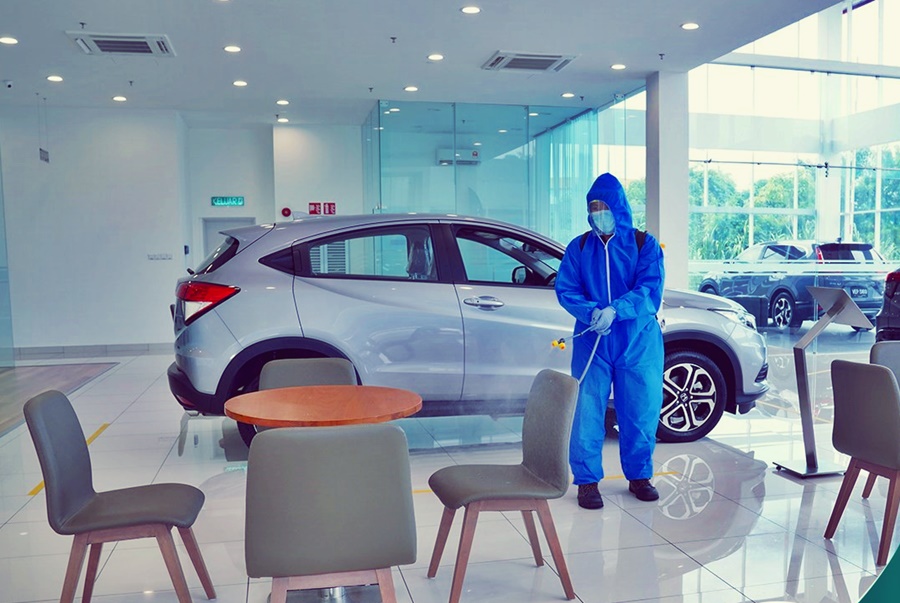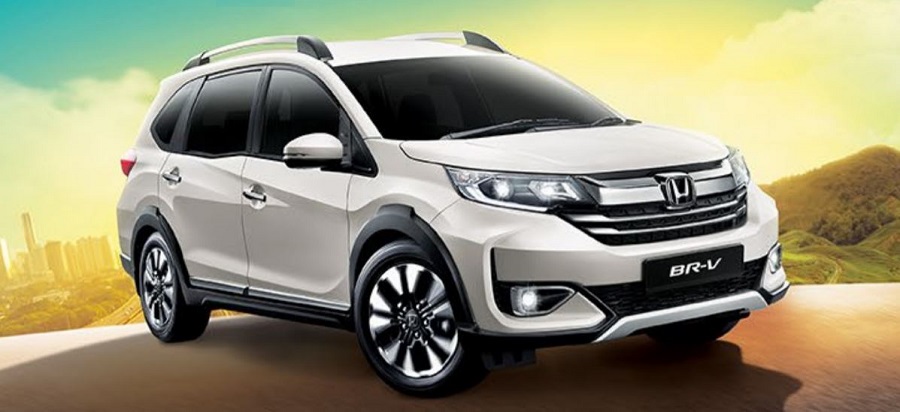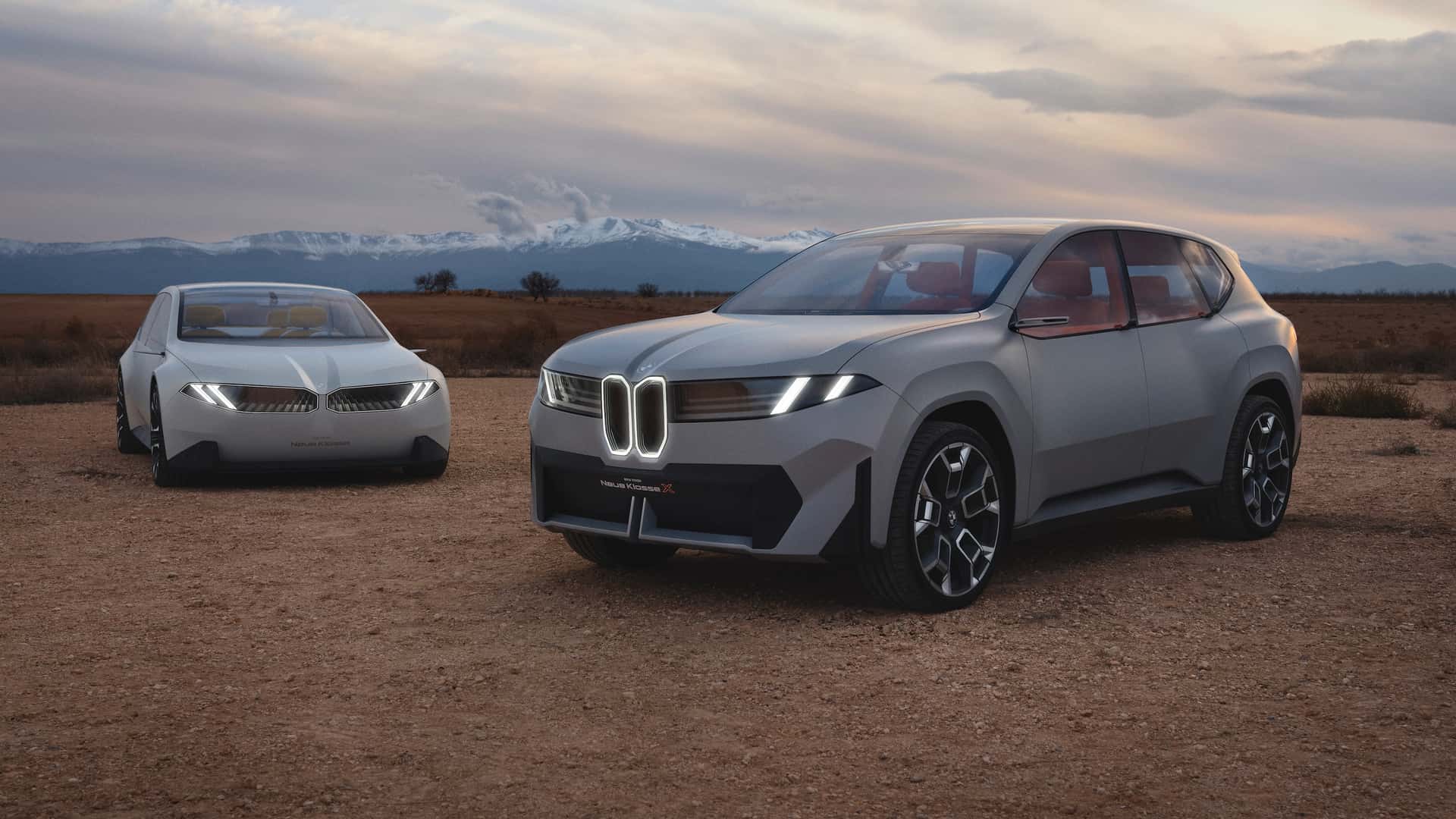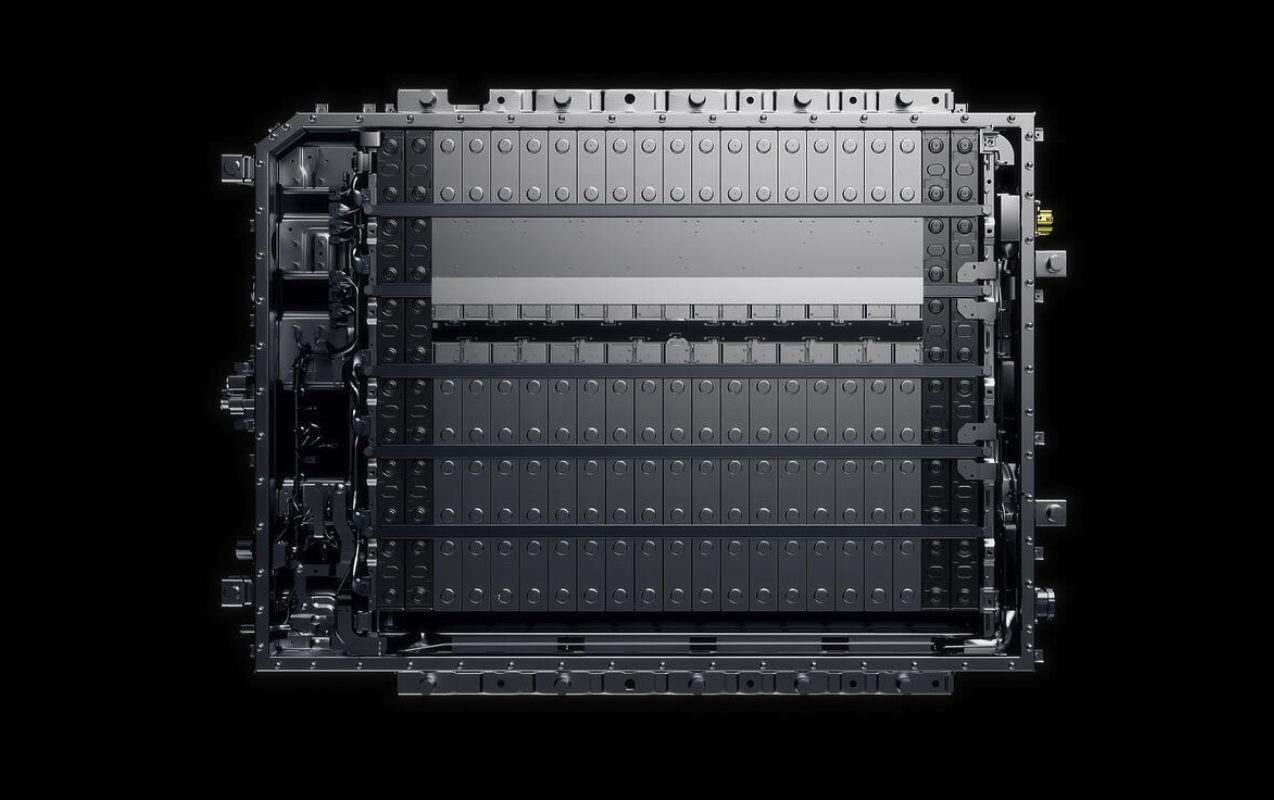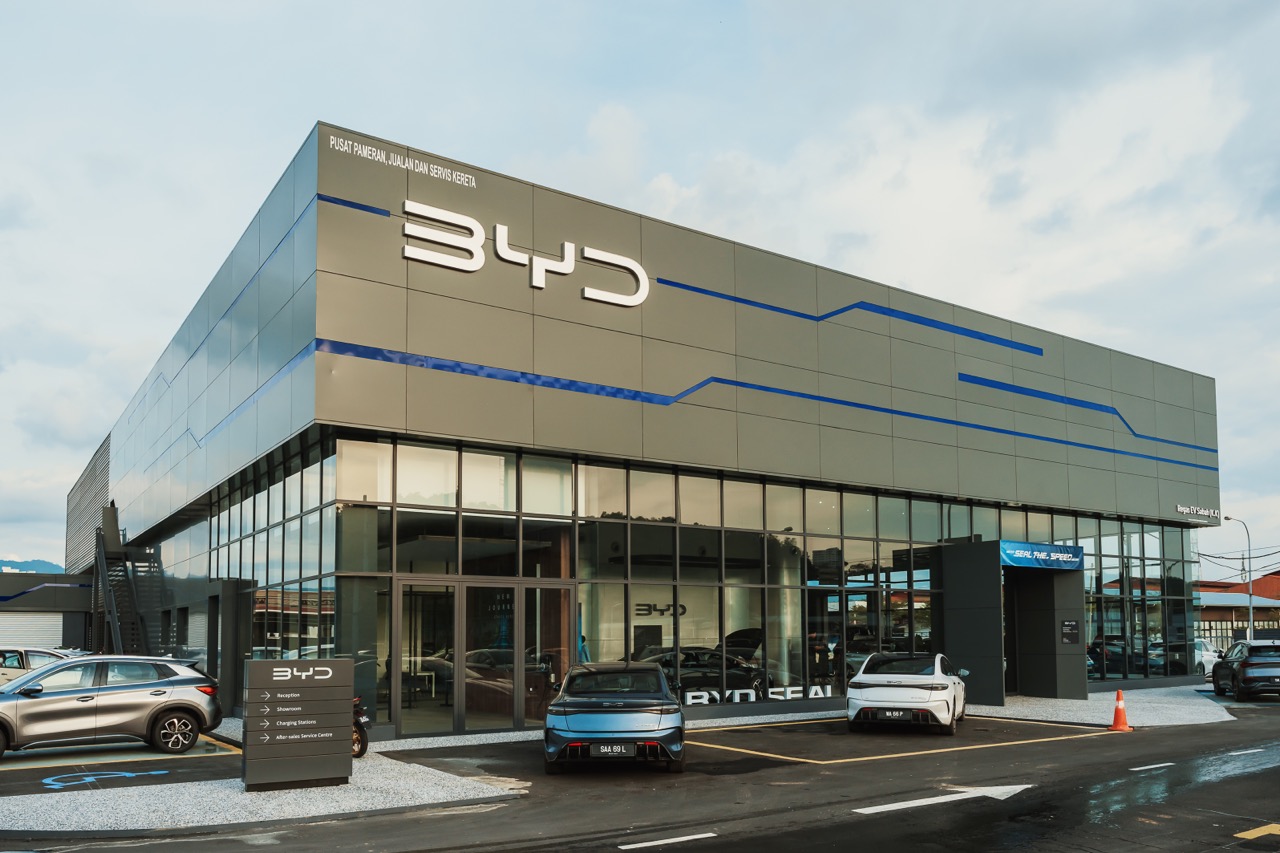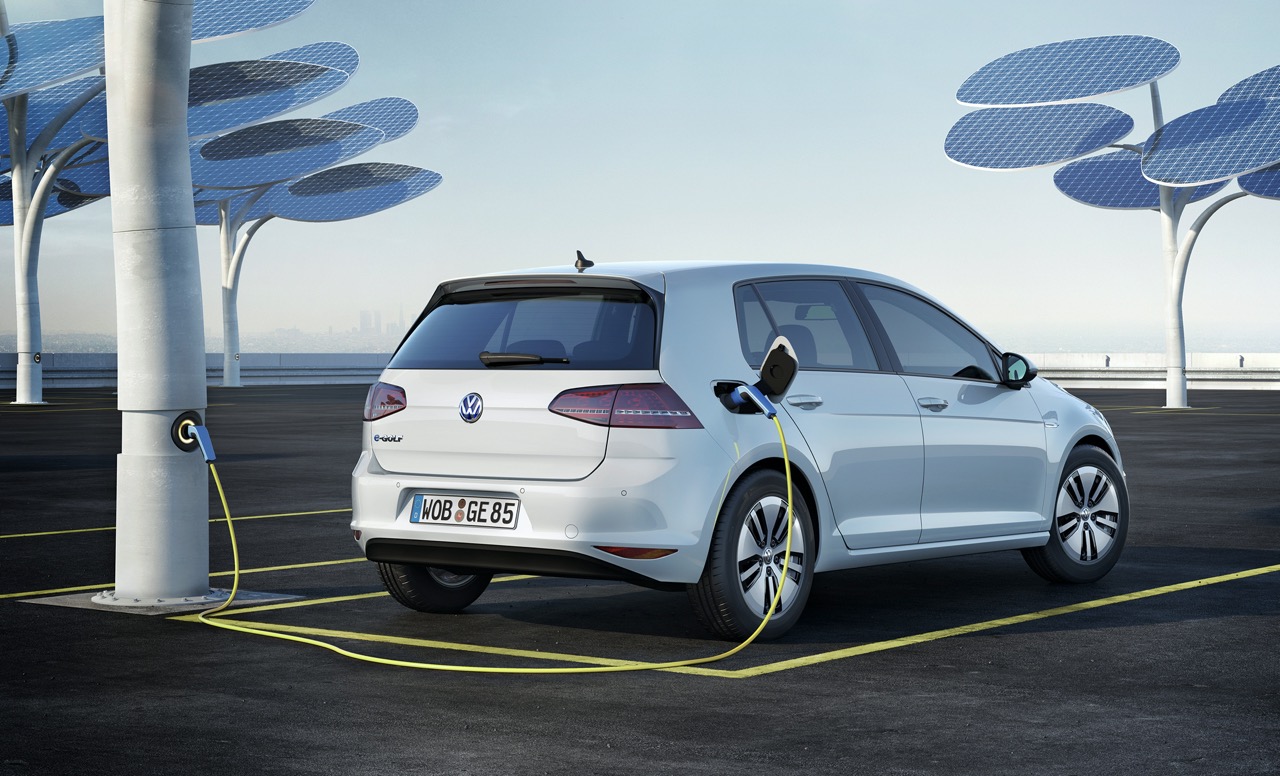The all-new Honda City Hatchback is nearing launch in Malaysia and as bookings can now be placed at authorised dealers nationwide, Honda Malaysia has provided an overview of the features available. While silent on the prices, the company has confirmed that the new model will be launched before the end of this year. It is unlikely that the prices will be far different from the latest City Sedan (RM74,191 – RM105,950) as it is also assembled locally at the plant in Melaka.
The City Hatchback, which shares the same platform as the City Sedan, replaces the Jazz which has been in the market since 2003. Based on the Thai-spec model, it is around 390 mm longer than the Jazz and 54 mm wider, but 36 mm lower. With the wheelbase at 2589 mm, there is 59 mm extra length between the front and rear wheels, which suggests that the interior should also be a bit more spacious (although the packaging in the Jazz has always been pretty good too).
Hybrid or petrol engine choices
As with the City Sedan, customers can choose the advanced hybrid electric system (e:HEV) or the conventional and proven 1.5-litre DOHC i-VTEC petrol engine with 121 ps (highest in class) and maximum torque of 145 Nm. The e:HEV powertrain has Intelligent Multi-Mode Drive (i-MMD) with 2 electric motors working with a 1.5-litre petrol engine. Besides good fuel efficiency, the performance is also strong, thanks to the 253 Nm of torque which is comparable to a D-segment car with a conventional powertrain.
Incidentally, the City Hatchback assembled in Malaysia differs from the one sold in Thailand as the powertrain offered there is only a 1-litre DOHC 3-cylinder turbocharged VTEC unit. That engine produces 122 ps/173 Nm.
ULTRA Seat
The features and equipment follow those of the sedan in general, but the City Hatchback also as the added versatility of the 4-Mode ULTRA Seat in the rear. This is a variable seating arrangement which was introduced with the first generation of the Jazz in the 2003 (and also the City in the same year). The practical and innovative idea was developed by interior designers after long periods of watching people at supermarkets loading various items. They saw that there was a need for more vertical space for tall items like plants, and made it possible for the entire seat to be flipped up so that the height available would be from ceiling to the floor. This is known as the Tall Mode, which is complemented by Utility, Long, and Refresh modes for different needs.
Honda Malaysia will also offer Remote Engine Start which allows the engine to be started from outside the car, enabling the air-conditioner to be switched on to cool down the cabin before entering. Passengers at the rear will also have added comfort with cool air being brought to them via the dedicated vents.
Honda SENSING and LaneWatch
As would be expected, the City Hatchback (RS only) will have Honda SENSING, the driver assistance suite of systems. This uses front wide-angle view camera (at the top of the windscreen) to scan the road ahead of lane marking as well as other vehicles. Besides automatic emergency braking and forward collision warning, it also has adaptive cruise control and control the car from moving out of its lane unintentionally. Auto High Beam is also provided to keep maximum illumination available but automatically dipping the headlights if there is approaching traffic.
Also installed as standard in the City Hatchback (RS and V versions) is Honda LaneWatch. This innovative blindspot monitoring system uses a small camera mounted on the left door mirror to capture real-time images of the area along the side of the car. The image is displayed on the centre screen whenever the left turn signal is activated and the driver can see if there is any approaching vehicle. The advantage of this approach is that the driver’s head turns left less and the image shown is also easier to see than on the door mirror which is some distance away.
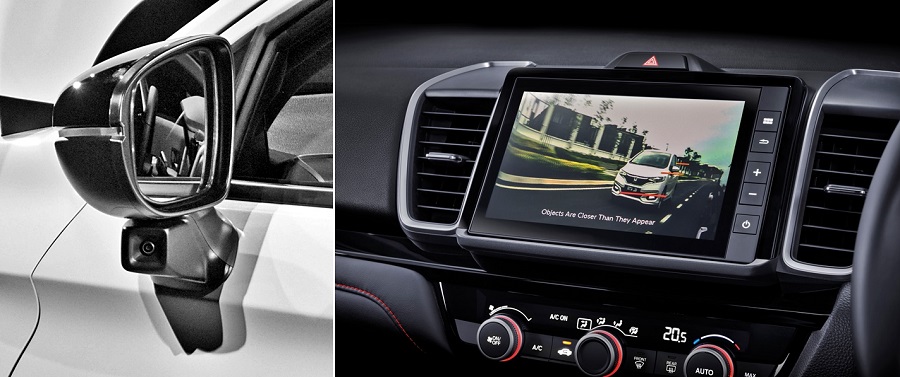
“Honda is not new to the hatchback segment in Malaysia as the popular Jazz which was introduced back in 2003 has sold more than 122,000 units to date. The Jazz is well-known for its practicality and versatility, and is highly popular as one of Malaysians’ favourite urban cars. We believe, with the introduction of the All-New City Hatchback, this model will raise the benchmark to be another game-changer in the market and soon also become Malaysians’ most favourite hatchback car,” said Honda Malaysia’s Managing Director & CEO, Madoka Chujo.
For more information or to place a booking for the City Hatchback, visit any authorised Honda dealership in Malaysia. To locate a showroom, visit www.honda.com.my.
Honda Malaysia offers two extra benefits for new vehicle purchasers until the end of 2021



